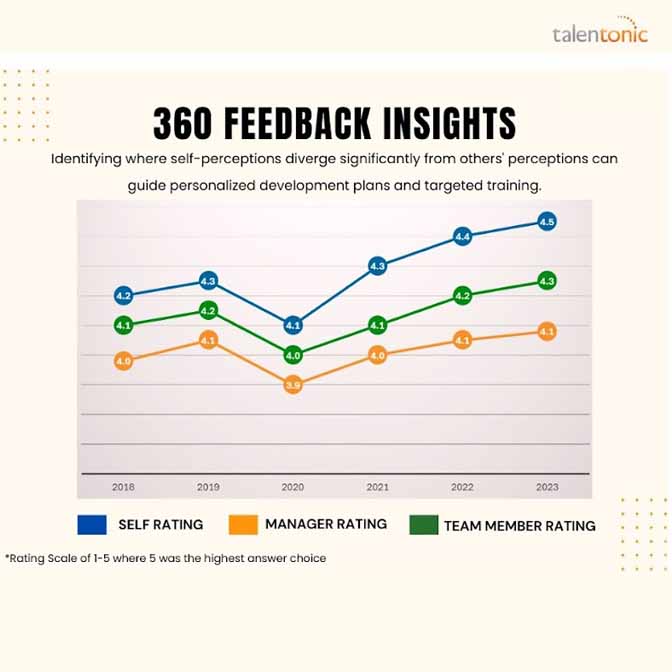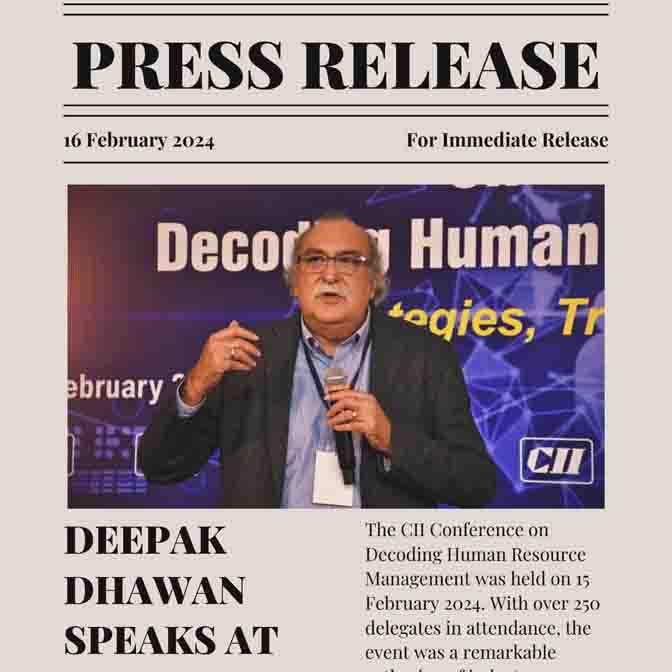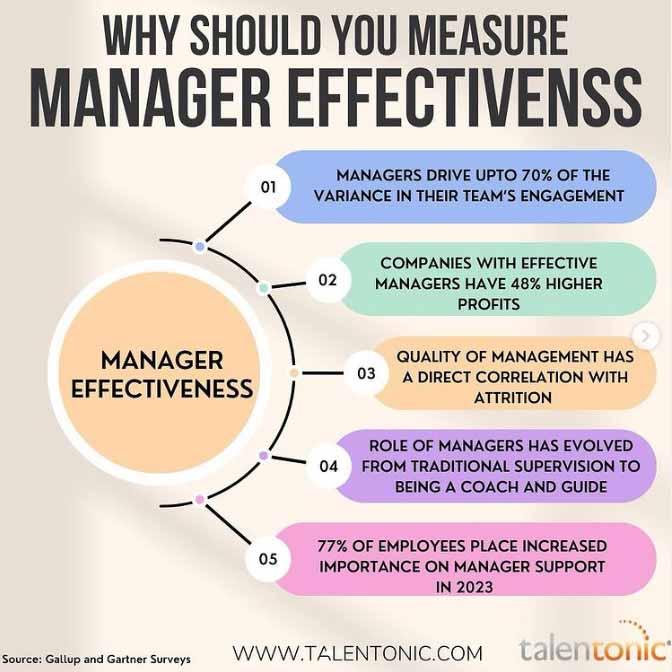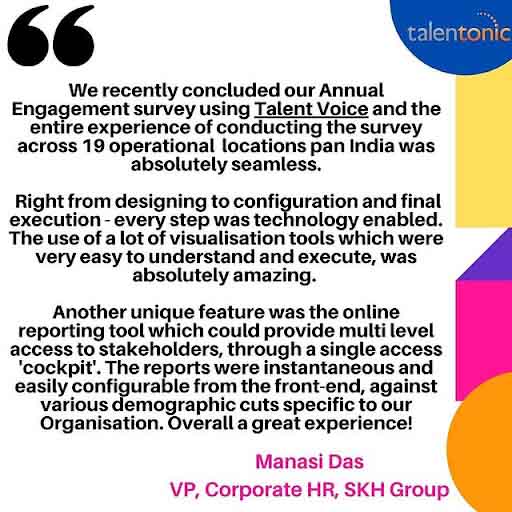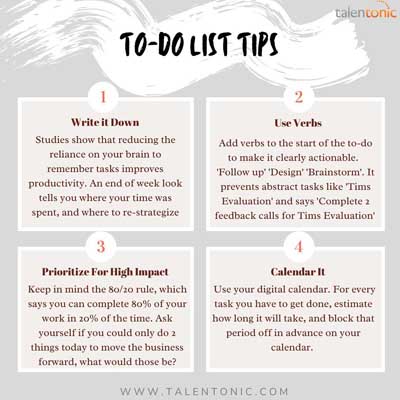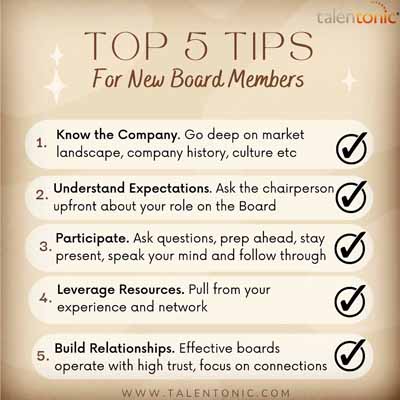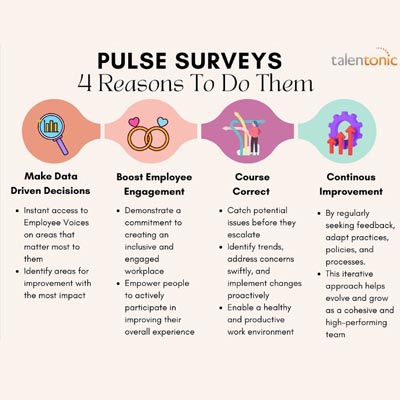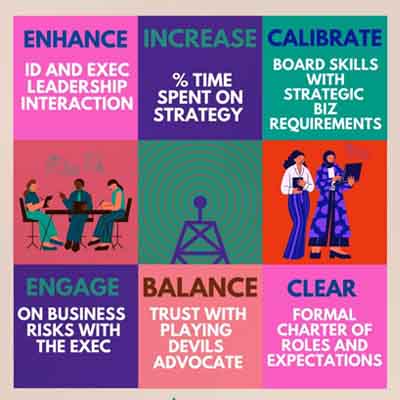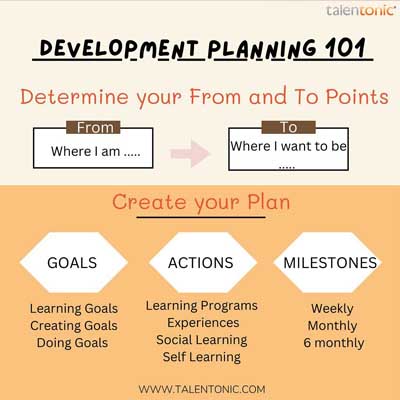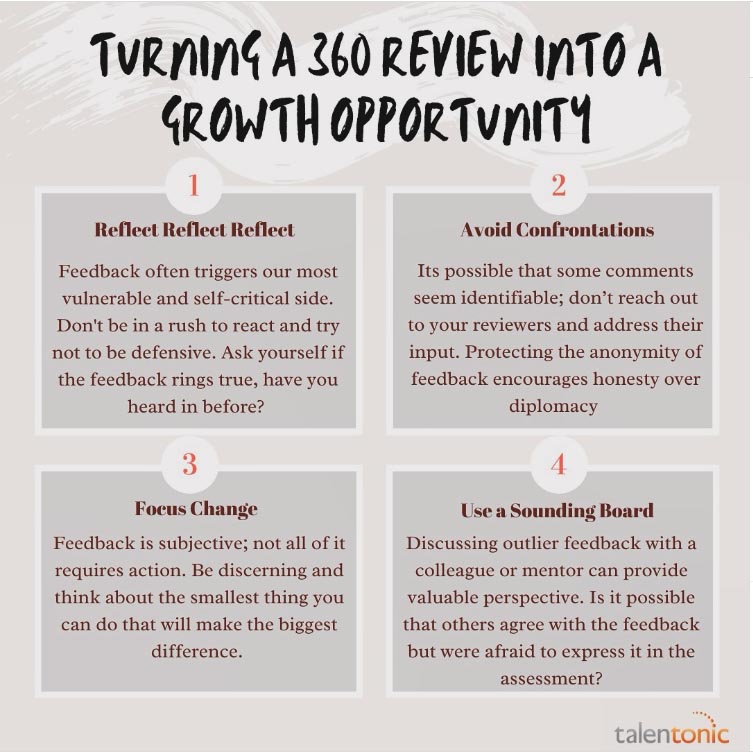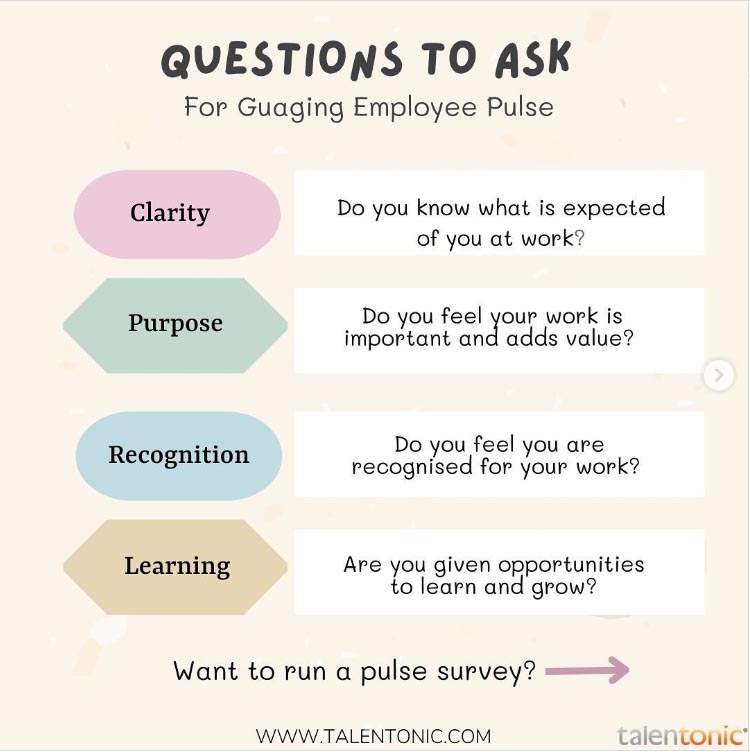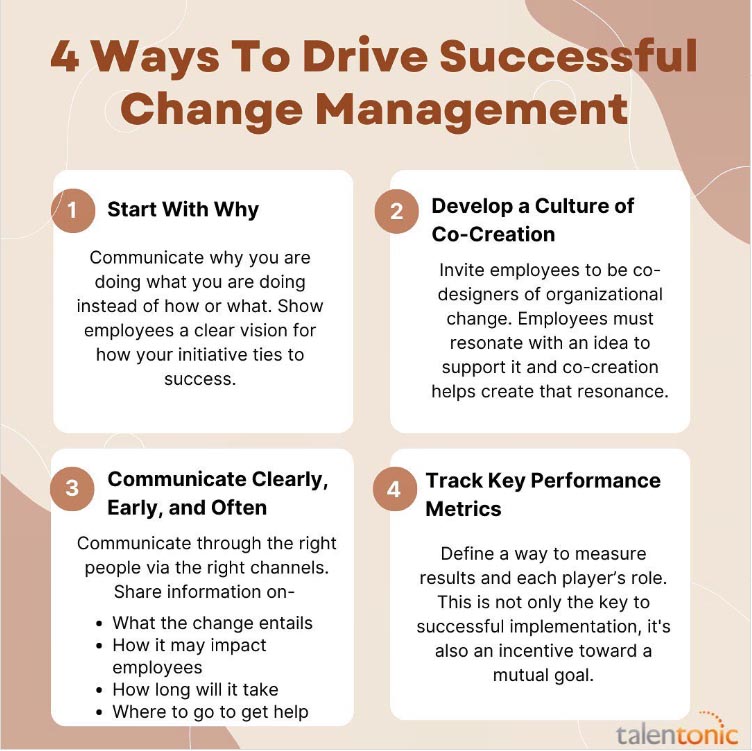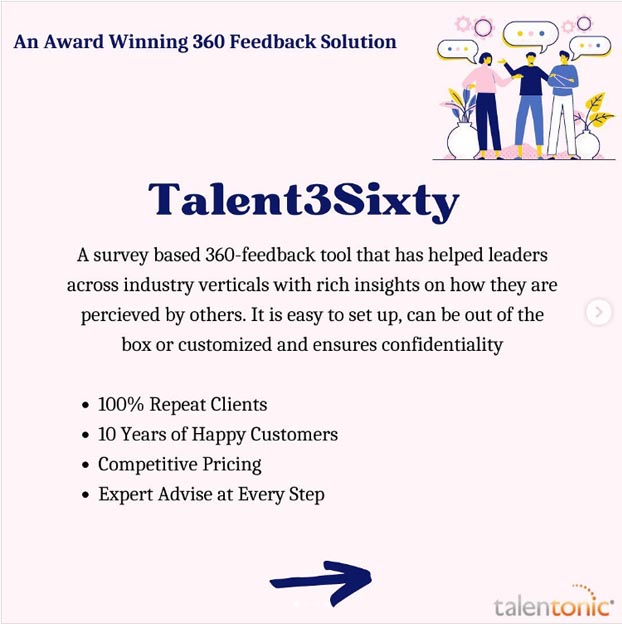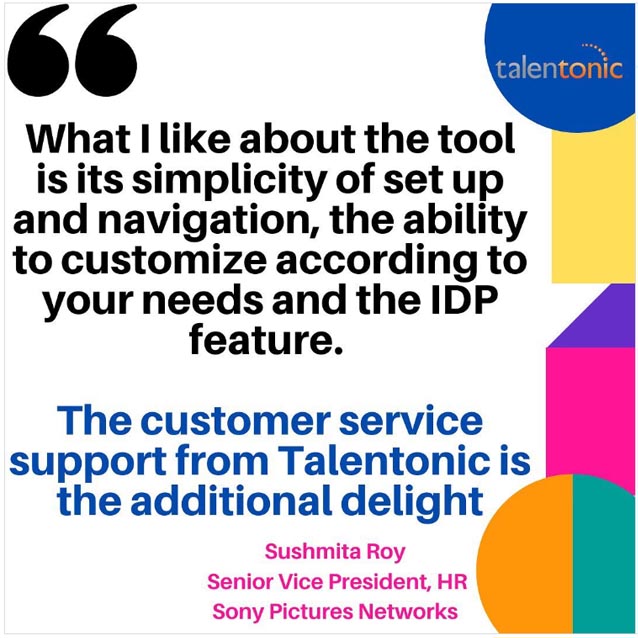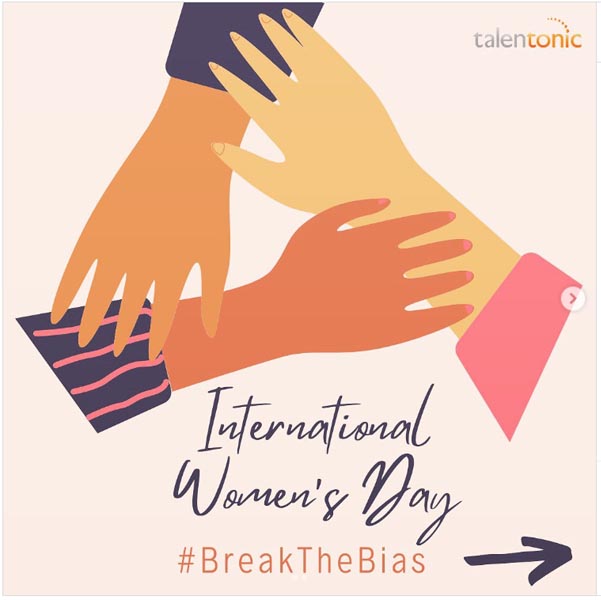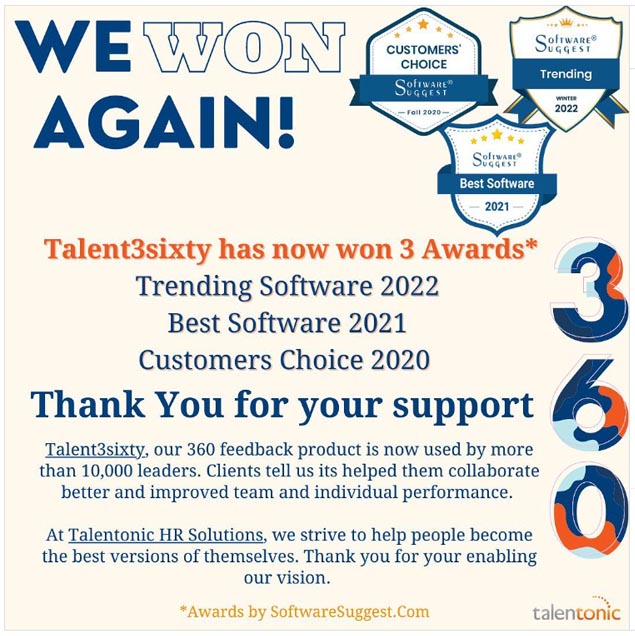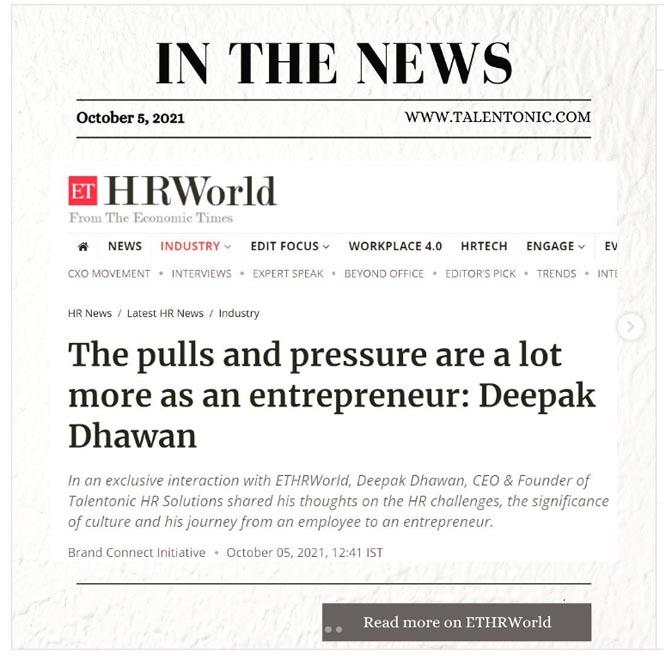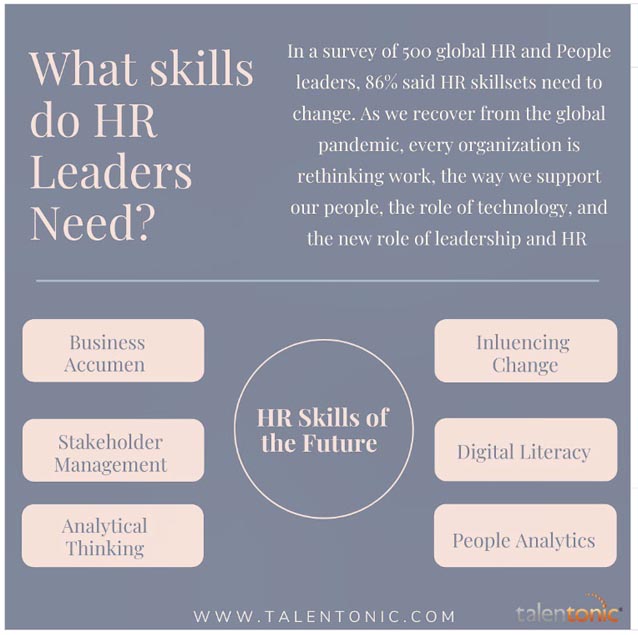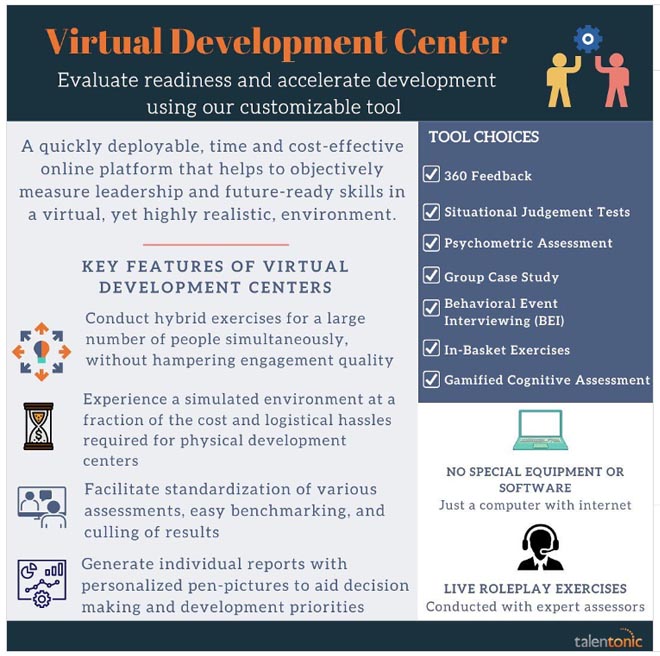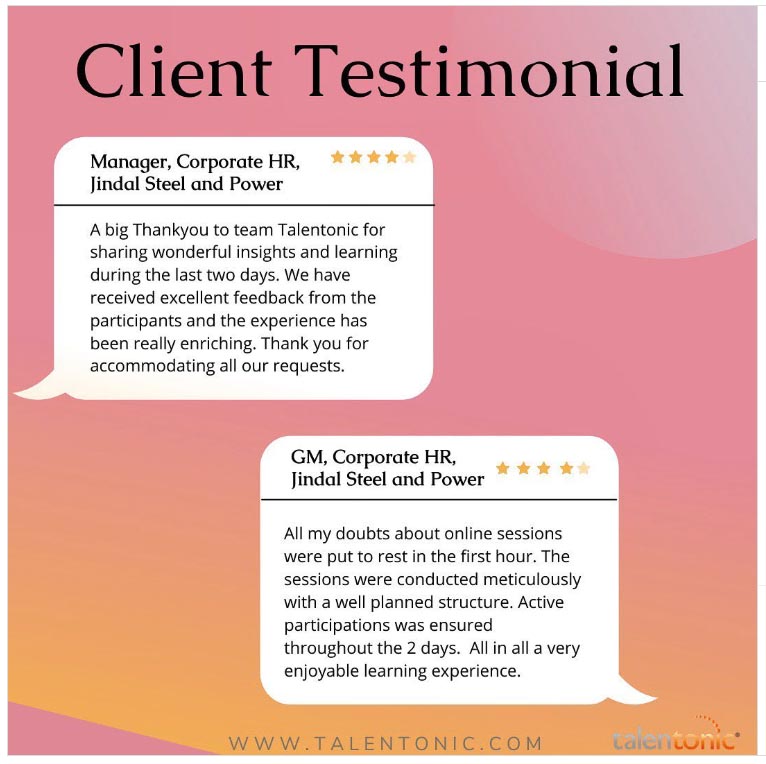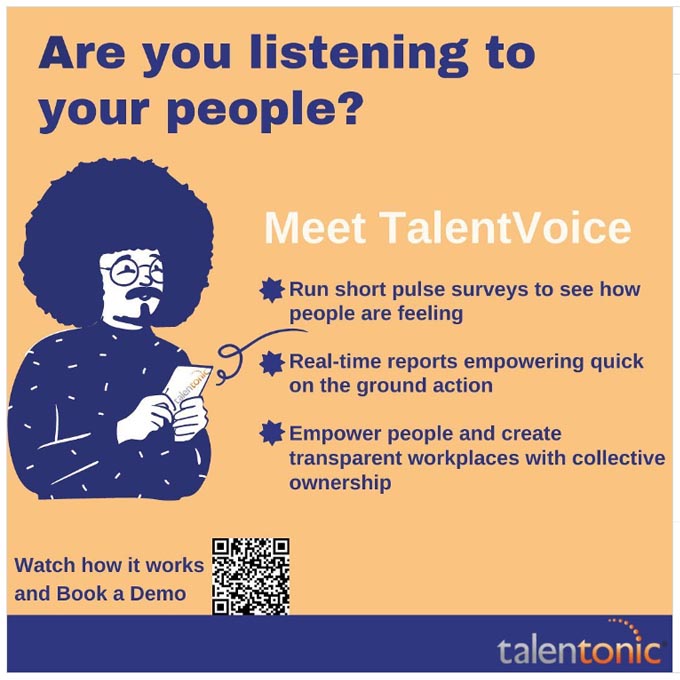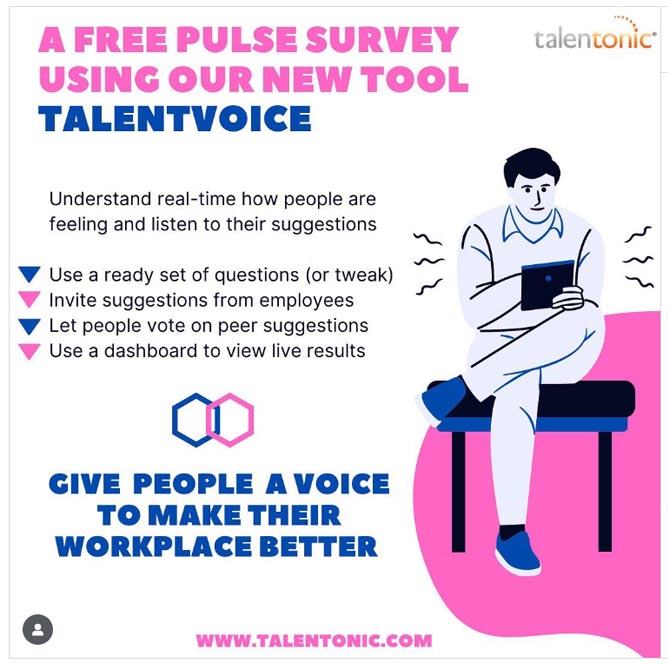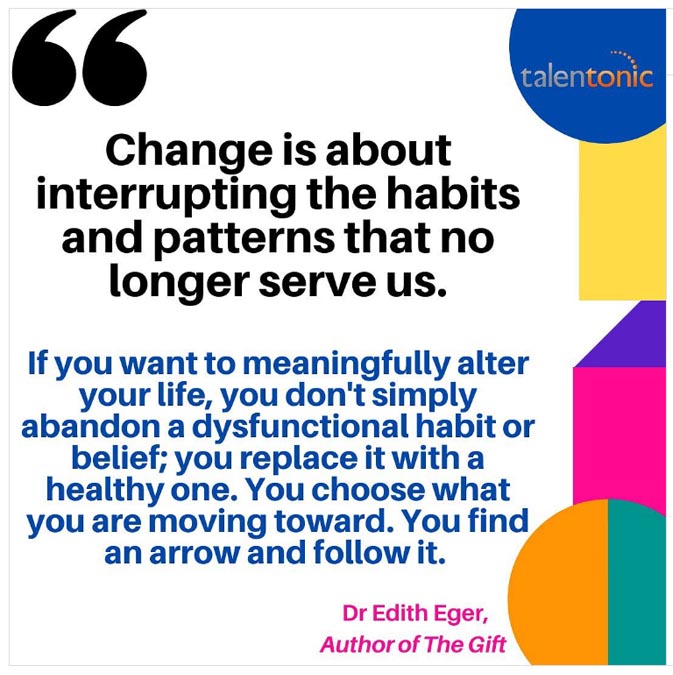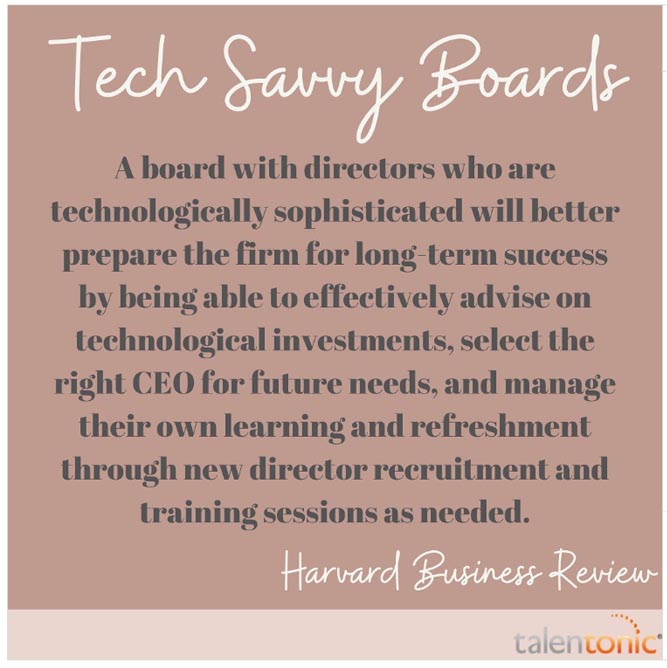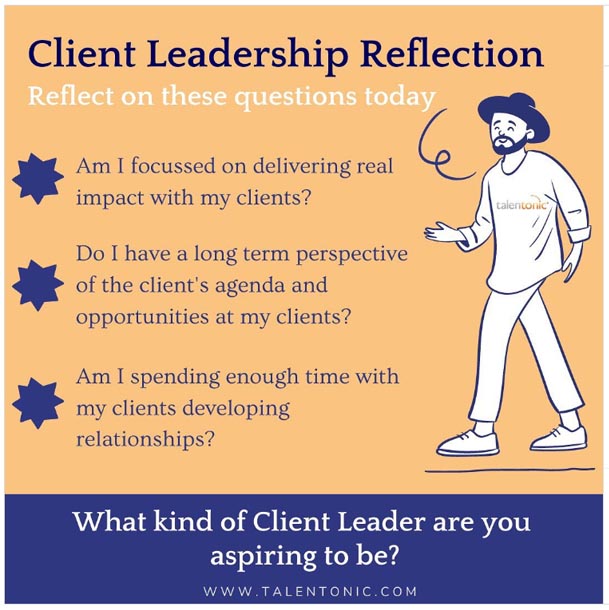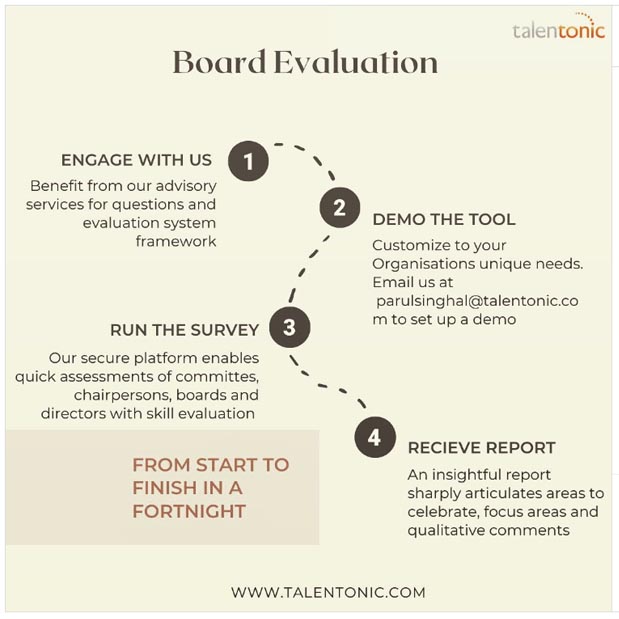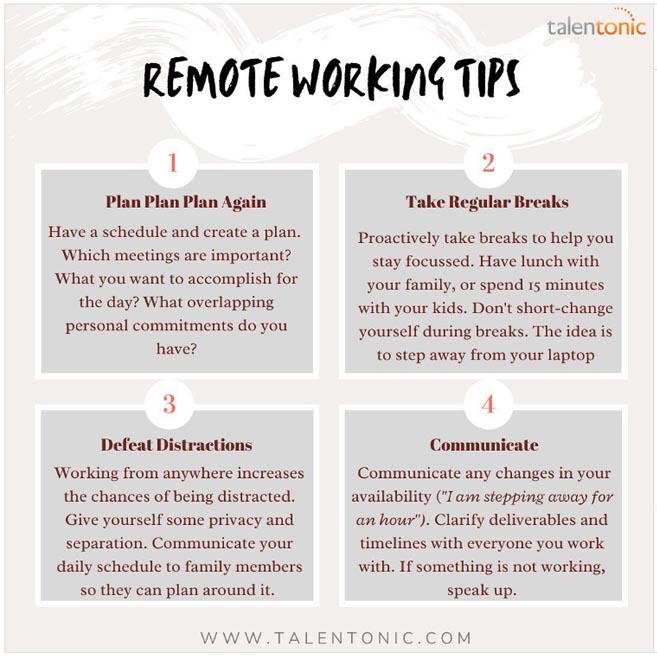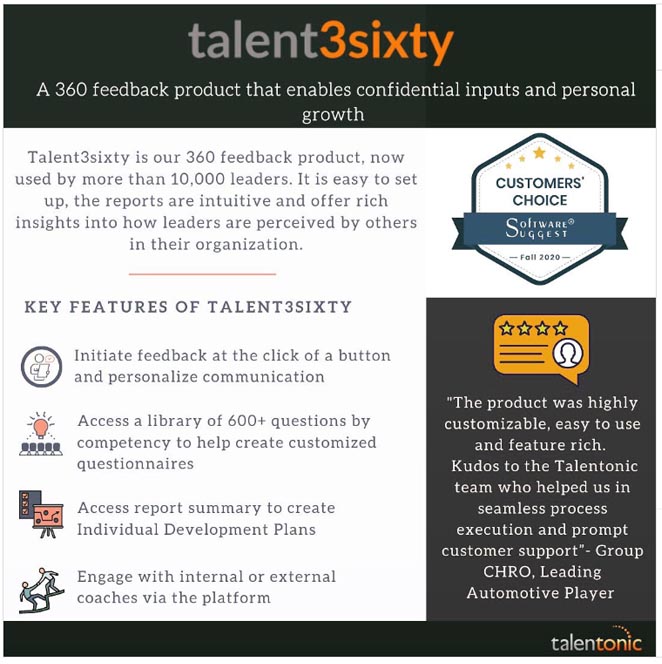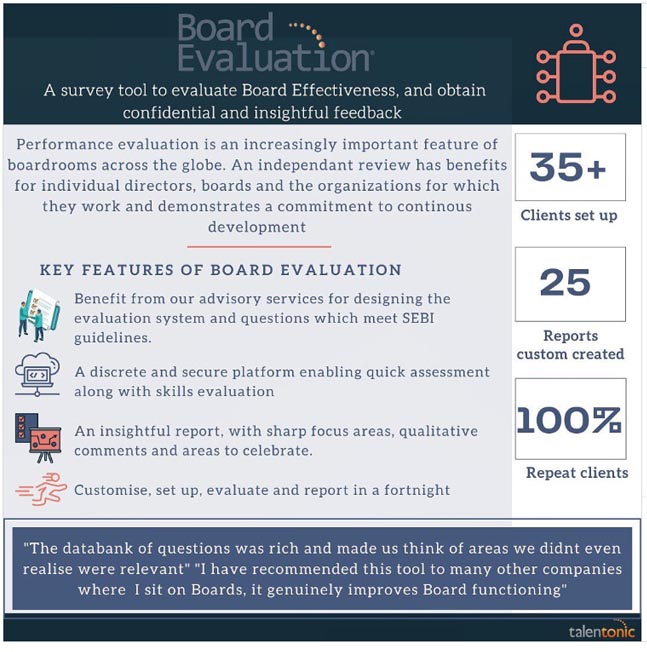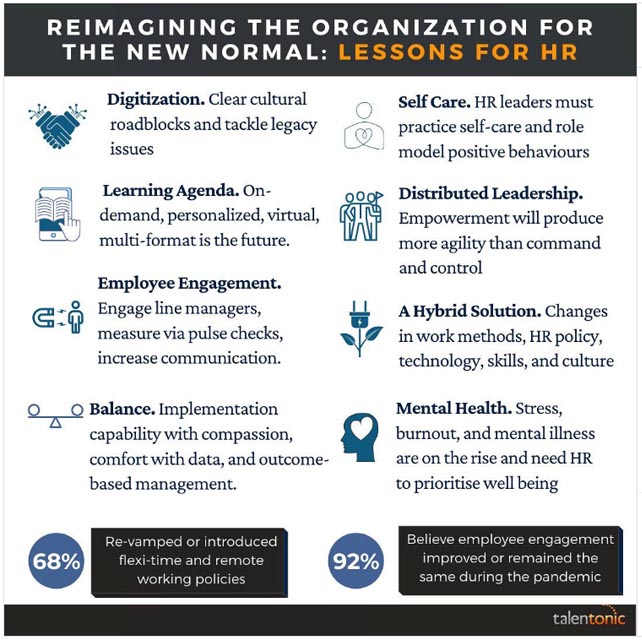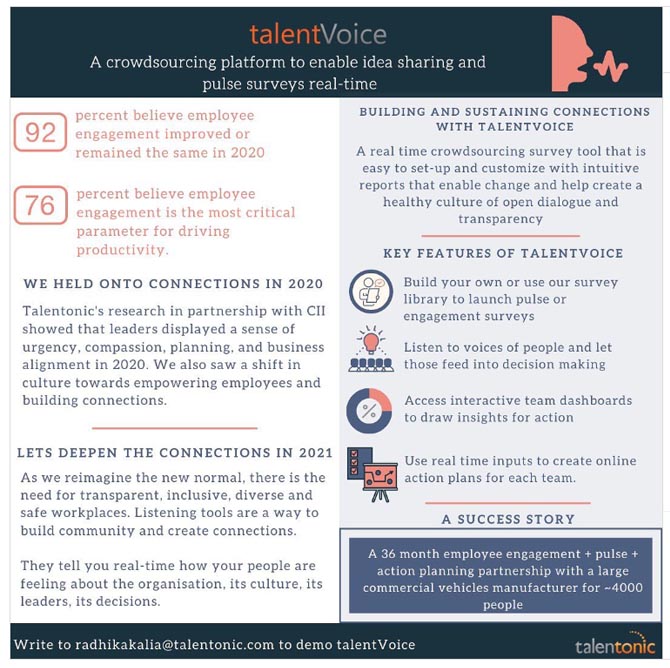Reimagining the Organization for the New Normal – Role of HR
Our whitepaper in collaboration with Confederation of Indian Industries (CII) shares real life stories of how organizations pivoted, digitized, worked remotely and are reimagining the new normal.
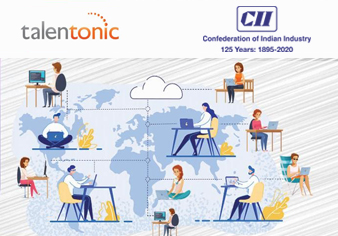
Executive Summary
The whitepaper, “Reimagining the organization for the New Normal - Role of HR", was initiated by Confederation of Indian Industries (CII). Talentonic HR Solutions was delighted to be a part of this study.
In this whitepaper, we have combined survey responses from a select group of companies, in-depth interviews with business leaders from different industry segments, and secondary research to pull together a report covering two fundamental questions:
1. What are the significant changes in action and thought in this new normal?
2. In “the year of the CHRO”, what imperatives are emerging for the HR function, and what can we take away?
 SECTION 1: PIVOT
SECTION 1: PIVOTThe initial months after the lockdown created two objectives in the face of unprecedented challenges. 1. Ensure the health of employees and 2. Ensure the sustainability of business. The compassion and community outreach influenced by HR became the cornerstone of how businesses pivoted to ensure health as well as sustainability of operations - large people operations in the old economy with a strong community footprint (Maruti Suzuki, Tata Steel, Ashok Leyland, Larsen & Toubro, Amara Raja & Uno Minda) certainly stood out. Across the spectrum, employees responded with an unprecedented level of commitment and alignment to the business, in fact the “command and control” structure gave way to “distributed leadership” as firm after firm discovered that empowerment was the only way to produce the agility and the rapid response to the crises as it played out in different locations. Further, despite the fact that 66% of the respondents reported serious revenue issues, the approach to job cuts and compensation was refreshingly considerate and directed towards sustainability of operations and people centricity.
87% of our survey respondents felt that they handled the crises well, we saw some great examples of how participating organizations planned business operations. Today most of them have been successful in kick-starting business operations while ensuring employee safety.
 SECTION 2: REMOTE WORKING
SECTION 2: REMOTE WORKINGThis was perhaps the biggest and most rapidly implemented, technology enabled, workplace innovation of all time. Our research showed that Employee and customer connect increased, efficiency improved, travel came down. For IT/ ITES organizations like Microsoft, Dream11 this was an easier change. For old economy companies such as Mylan Laboratories & Uno Minda this was a significant learning curve where traditional biases had to be overcome. Majority of the respondents reported higher engagement levels. However, as the months went by, some signs of stress have surfaced: 10-12-hour days, too much screen time, intermingling of work-family time, lack of social connections and behaviors have produced stress and mental health issues.
As the new workplace takes shape, everyone agrees that a hybrid model is the way forward, one which leverages the efficiencies of remote working and at the same time addresses the social and cultural nuances. This is a meal still in the making and of significant concern.
 SECTION 3: DIGITIZATION
SECTION 3: DIGITIZATIONOne of those areas, which asks the question: ‘Were we really waiting for a crisis?’ The 2-3-year road maps have collapsed to weeks and 95% of the survey respondents have put in place plans for digital transformation. Learning and development, performance management and employee engagement have been the top three areas of adoption. Further, collaborative and productivity tools have remained the same, but adoption levels have gone up. Some experiments like virtual product launches, technology enabled team engagement initiatives and virtual customer connects have also created a new excitement.
So far, a great story, but the challenges of internal alignment, change management and particularly leadership mindset in legacy organizations are still being dealt with.
 SECTION 4: LEADERSHIP
SECTION 4: LEADERSHIPLeadership is under unprecedented pressure and stress. 67% of the survey respondents reported this as the number one challenge, which COVID-19 created. Nothing in their experience or development process had quite prepared leadership teams for the last 6 months. There has been a rapid change in leadership styles, and the future is still opaque - the pivot phase saw leadership cohesion, a willingness to let go of certain beliefs and collaboration.
But the “reimagine” phase is still ahead of us, and the question is how quickly can we acquire Growth Energy – Ambition & Opportunity. Survival Energy – Agility & Resilience. Human Energy – Humility & Empathy. Digital Energy- Digital Literacy & Change.
 SECTION 5: REIMAGINING THE ORGANIZATION
SECTION 5: REIMAGINING THE ORGANIZATIONThere is so much, which has been achieved. Indian businesses have put in place safety protocols and ensured business continuity. Work from home has become normal. Employee engagement has been protected and learning and development has received a new impetus. Organizations have become more empowered. There has been unprecedented absorption of digital solutions. Leadership is getting a new energy and a new purpose for tomorrow. That's a whole lot done, but the battle is not won.
Organizations are now moving to the ‘reimagine’ phase, where changes in organization design, work design, hybrid models, role of offices, digitization driving the business and new employment models are unleashing creative juices, which significantly break with the past. 49% of our respondents believe that the changes are so significant that they cannot be dealt with incrementally, in fact some of the participating companies have already started on this journey and taking a more comprehensive view about what is possible.
 SECTION 6: ROLE OF HR
SECTION 6: ROLE OF HRAt the end of the day, this is a people crisis, and only smart people strategies will pull us out of it. In the Pivot phase, HR leaders have been agile, thinking on their feet and at the epicenter of this crisis. They have influenced their organizations to become compassionate and more people-centric.
The collective wisdom of our respondents and the industry leaders now point towards the following task ahead. (1) HR Consumerism. Building flexibility in policy and process to deal with different constituents. (2) HR Architecture. Bringing design thinking into organization initiatives. (3) Balance. Between outcome and compassion. (4) Curate the Culture. New leadership, new work design & new processes to be culturally knit together.
Research Report
Six months after WHO declared a global pandemic, the disruption it caused to working practices and behaviors is still being understood. Leaders everywhere are thinking through the contours of the new normal. Talentonic HR Solutions in partnership with the Confederation of Indian Industry, has been running a research project titled – “Reimagining the Organization for the New Normal: Role of HR” for the last few months.
Deepak Dhawan, CEO and Founder, Talentonic, has been meeting with senior HR and business leaders and listening for their war stories, their views on recovery, on culture and on leadership. We have combined the insights from these one-on-one conversations with an anonymous online survey of HR and business executives to arrive at 6 key insights, supported by case studies from a diverse set of companies in the following report.
Survey Insights
Talentonic HR solutions in partnership with Confederation of Indian Industries (CII) conducted a primary quantitative research to understand the actions taken by organizations in responding to the crisis and how they are reimagining the future.
The results show that organizations have pivoted successfully to ensure employee wellbeing and safety. They are beginning to reimagine the role of the HR function in creating an empowered, digital organization with a hybrid remote working policy.
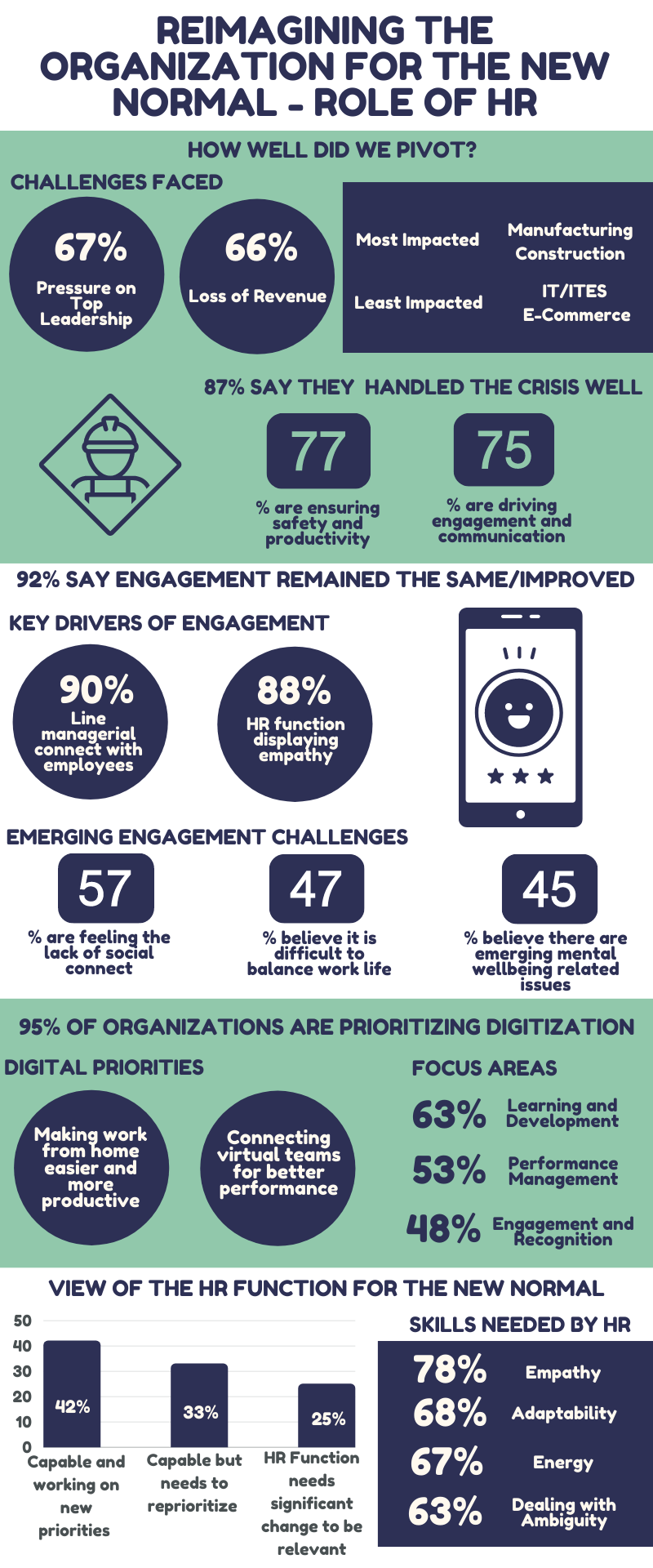
Survey Results
Our survey findings show that there is no industry that has not been impacted by the crisis, parallelly it also highlights that all industries have successfully pivoted to ensure employee safety and wellbeing. Going forward, organizations will re-imagine their way of working, by leveraging new found strengths in the power of communication and transparency, managerial empowerment and remote working to name a few.
The below tables showcase detailed findings from the survey in the following 5 areas: Reimagining the Business, Restructuring the Organization, Reimagining the Culture Pillars, Innovation and Digitization in HR and HR Skills of the Future.
Reimagining the Business
Over the next 12 months, please rate the following challenges in terms of their impact on your organisation
| Answer Choice | Overall Score | IT, ITES and E-commerce | Manufacturing and Construction | Pharmaceuticals and Consumer Goods | Financial and Other Services |
|---|---|---|---|---|---|
| Pressure on top leadership team | 67% | 53% | 75% | 30% | 76% |
| Loss of revenue | 66% | 40% | 75% | 60% | 67% |
| New organisation capabilities required | 59% | 67% | 59% | 40% | 62% |
| Pressure on existing HR policies & practices | 55% | 53% | 61% | 10% | 62% |
| Cash flow difficulties | 48% | 27% | 61% | 30% | 43% |
| Disruption in key projects | 42% | 13% | 51% | 10% | 57% |
| Disruption in supply chain capability | 42% | 27% | 53% | 20% | 38% |
| Damage to employee morale | 29% | 27% | 29% | 0% | 43% |
| Damage to the culture & values of the firm | 15% | 7% | 12% | 0% | 38% |
In your assessment, how well has your firm responded to the crisis?
| Answer Choice | Overall Score | IT, ITES and E-commerce | Manufacturing and Construction | Pharmaceuticals and Consumer Goods | Financial and Other Services |
|---|---|---|---|---|---|
| Very effectively | 49% | 47% | 47% | 90% | 38% |
| Effectively | 37% | 40% | 41% | 10% | 38% |
| Could have been more effective | 13% | 13% | 12% | 0% | 24% |
Which one of the following statements best reflects your personal position on the current situation?
| Answer Choice | Overall Score | IT, ITES and E-commerce | Manufacturing and Construction | Pharmaceuticals and Consumer Goods | Financial and Other Services |
|---|---|---|---|---|---|
| The changes will be so substantial that it is best to re-imagine the organisation and not deal with incremental changes | 49% | 40% | 51% | 50% | 52% |
| This is a people crisis and the best way to succeed is with smart people strategies | 33% | 33% | 31% | 50% | 29% |
| Cash is the new king. Only if we survive, can we develop and take care of our employees | 10% | 13% | 12% | 0% | 10% |
| Too much hype around this crisis. Everything will return to normal in 12 months | 7% | 13% | 6% | 0% | 10% |
How is your leadership team spending its time in dealing with the crisis?
| Answer Choice | Overall Score | IT, ITES and E-commerce | Manufacturing and Construction | Pharmaceuticals and Consumer Goods | Financial and Other Services |
|---|---|---|---|---|---|
| Time is being divided equally between business & people/ culture issues | 72% | 73% | 69% | 100% | 67% |
| Majority of the time is being spent in dealing with business issues & challenges | 21% | 7% | 25% | 0% | 29% |
| Majority of the time is being spent in people/ culture challenges | 7% | 20% | 6% | 0% | 5% |
Which of the following actions is your organisation taking to deal with the crisis?
| Answer Choice | Overall Score | IT, ITES and E-commerce | Manufacturing and Construction | Pharmaceuticals and Consumer Goods | Financial and Other Services |
|---|---|---|---|---|---|
| Redesigning workplaces to be safe and productive | 77% | 47% | 82% | 100% | 76% |
| Increasing focus on employee engagement & communication | 75% | 80% | 75% | 90% | 67% |
| Making work from home a more enduring / longer term & sustainable strategy | 69% | 73% | 67% | 70% | 71% |
| Re-evaluating the business strategy, values & capability to deal with future challenges | 63% | 40% | 71% | 80% | 52% |
| Accelerating the investments and implementation of digital solutions | 62% | 60% | 61% | 60% | 67% |
| Increasing focus on talent/ leadership development & capability enhancement | 61% | 53% | 63% | 80% | 52% |
| Redesigning the organisation structure to reduce headcount, improve productivity | 55% | 73% | 49% | 10% | 76% |
| Introducing new products/ services | 46% | 60% | 37% | 50% | 57% |
| Reducing or postponing salary and other monetary pay-outs | 41% | 33% | 47% | 10% | 48% |
| Retooling your supply chain strategy | 31% | 0% | 47% | 50% | 5% |
| Expanding capacity | 19% | 20% | 18% | 30% | 14% |
| M&A Activity | 18% | 33% | 14% | 0% | 24% |
| Eliminating existing product/ service offerings | 11% | 7% | 6% | 10% | 29% |
Restructuring the organization
Which one of the following statements, best describes your objective for organisation restructuring in 2020?
| Answer Choice | Overall Score | IT, ITES and E-commerce | Manufacturing and Construction | Pharmaceuticals and Consumer Goods | Financial and Other Services |
|---|---|---|---|---|---|
| Enhance communication, collaboration and people management within the organization | 30% | 25% | 31% | 30% | 33% |
| Re-align the functions and jobs with the revised organisation strategy & priorities | 29% | 25% | 33% | 20% | 29% |
| Reduce fixed costs and improve productivity | 23% | 25% | 27% | 0% | 24% |
| Prepare the organisation for rapid growth | 16% | 19% | 9% | 36% | 12% |
How is your headcount expected to change over the next 12 months?
| Answer Choice | Overall Score | IT, ITES and E-commerce | Manufacturing and Construction | Pharmaceuticals and Consumer Goods | Financial and Other Services |
|---|---|---|---|---|---|
| No change expected | 34% | 8% | 33% | 70% | 33% |
| Up to 10% reduction in headcount | 31% | 17% | 38% | 10% | 33% |
| Up to 10% increase in headcount | 16% | 33% | 15% | 10% | 14% |
| More than 20% reduction in headcount | 7% | 17% | 6% | 0% | 5% |
| Up to 20% reduction in headcount | 7% | 8% | 4% | 10% | 10% |
| Up to 20% increase in headcount | 5% | 17% | 4% | 0% | 5% |
How is the workforce composition changing with the crisis?
| Answer Choice | Overall Score | IT, ITES and E-commerce | Manufacturing and Construction | Pharmaceuticals and Consumer Goods | Financial and Other Services |
|---|---|---|---|---|---|
| We expect no significant change in our manpower composition | 42% | 33% | 39% | 70% | 43% |
| A large proportion of permanent staff in our workforce will continue | 25% | 25% | 31% | 20% | 14% |
| We will invest more in outsourcing to external service providers/vendors, to increase flexibility in business volumes | 17% | 8% | 22% | 10% | 14% |
| We will increase the proportion of temporary / freelance workers | 15% | 33% | 8% | 0% | 29% |
Who in your organisation is responsible for organisation restructuring?
| Answer Choice | Overall Score | IT, ITES and E-commerce | Manufacturing and Construction | Pharmaceuticals and Consumer Goods | Financial and Other Services |
|---|---|---|---|---|---|
| Human resources department | 33% | 50% | 22% | 50% | 38% |
| Business unit / functional heads | 23% | 8% | 20% | 20% | 38% |
| CEO / MD | 22% | 17% | 27% | 10% | 19% |
| Cross functional, special projects team | 20% | 25% | 27% | 20% | 0% |
| We will call in an external Consultant | 2% | 0% | 2% | 0% | 5% |
| None of the above | 1% | 0% | 2% | 0% | 0% |
Which business functions do you expect to re-organize as a result of COVID-19?
| Answer Choice | Overall Score | IT, ITES and E-commerce | Manufacturing and Construction | Pharmaceuticals and Consumer Goods | Financial and Other Services |
|---|---|---|---|---|---|
| Support functions like HR, finance and administration | 64% | 33% | 73% | 70% | 62% |
| Other functions like operations, technology or R&D | 55% | 53% | 55% | 50% | 57% |
| Customer facing roles | 45% | 20% | 53% | 50% | 43% |
| Corporate CXO roles | 18% | 20% | 14% | 20% | 24% |
Re-imagining the culture pillars
Which one of the following statements reflects your thinking?
| Answer Choice | Overall Score | IT, ITES and E-commerce | Manufacturing and Construction | Pharmaceuticals and Consumer Goods | Financial and Other Services |
|---|---|---|---|---|---|
| Our culture based on trust & empowerment is helping us fight this battle and make changes | 60% | 67% | 55% | 67% | 65% |
| We have had to tighten controls in the organisation to run a tighter & more controlled ship during this crisis | 17% | 8% | 23% | 0% | 15% |
| Our culture, values, ways of working will evolve as we find new ways to deal with this crisis | 16% | 8% | 17% | 22% | 15% |
| Fundamentally nothing has changed in how we work and what we value in our organisation | 7% | 17% | 4% | 11% | 5% |
Has the focus on performance dialogue shifted in your organisation with the crisis?
| Answer Choice | Overall Score | IT, ITES and E-commerce | Manufacturing and Construction | Pharmaceuticals and Consumer Goods | Financial and Other Services |
|---|---|---|---|---|---|
| The frequency of performance conversations has increased, thus ensuring productivity and connect while we work from home | 50% | 58% | 55% | 44% | 35% |
| We've made no change in our approach to performance conversations | 40% | 33% | 40% | 44% | 40% |
| Frequency of performance dialogue has reduced as there is lack of clarity on variables like goals and business performance | 10% | 8% | 4% | 11% | 25% |
What is the status of employee engagement in your organisation?
| Answer Choice | Overall Score | IT, ITES and E-commerce | Manufacturing and Construction | Pharmaceuticals and Consumer Goods | Financial and Other Services |
|---|---|---|---|---|---|
| Employee engagement has improved because of the unprecedented attention which employees have received | 56% | 83% | 45% | 56% | 65% |
| Employee engagement levels have remained more or less the same | 36% | 8% | 47% | 44% | 25% |
| Employee engagement in the organisation has significantly declined as a result of the rapid changes | 8% | 8% | 9% | 0% | 10% |
What are the big leadership and cultural challenges your organisation is facing?
| Answer Choice | Overall Score | IT, ITES and E-commerce | Manufacturing and Construction | Pharmaceuticals and Consumer Goods | Financial and Other Services |
|---|---|---|---|---|---|
| Improving per employee productivity (with a leaner organisation structure) while improving engagement | 47% | 53% | 49% | 30% | 48% |
| Managing the changing role of the physical office space | 41% | 27% | 41% | 30% | 57% |
| Focussing on the customer when internal & health issues are so urgent | 40% | 40% | 41% | 20% | 48% |
| Investing in leadership development when the future is unknown | 31% | 33% | 39% | 10% | 19% |
| Any Other, Please elaborate | 7% | 0% | 4% | 50% | 0% |
Which of the following cultural changes has your organisation initiated to deal with the leadership and cultural challenges?
| Answer Choice | Overall Score | IT, ITES and E-commerce | Manufacturing and Construction | Pharmaceuticals and Consumer Goods | Financial and Other Services |
|---|---|---|---|---|---|
| Increased channels of formal communication with the employees | 61% | 53% | 61% | 80% | 57% |
| Increased focus on learning and upskilling the employees | 58% | 47% | 57% | 70% | 62% |
| Empowered our employees to make day to day work decisions | 55% | 40% | 55% | 70% | 57% |
| Strengthened accountability and task management to manage virtual goals | 43% | 40% | 49% | 30% | 38% |
| Introduced interdepartmental projects to drive collaboration | 30% | 20% | 33% | 30% | 29% |
| Revisited the organisation values to realign them with the current need | 10% | 7% | 14% | 0% | 10% |
What have been the implications of the crisis on learning and development in your organisation?
| Answer Choice | Overall Score | IT, ITES and E-commerce | Manufacturing and Construction | Pharmaceuticals and Consumer Goods | Financial and Other Services |
|---|---|---|---|---|---|
| We have significantly enhanced IT training solutions to provide a great learning experience | 71% | 60% | 73% | 90% | 67% |
| We have introduced interventions for stress management and mental well being | 60% | 47% | 67% | 50% | 57% |
| We have identified the skills required for the future and are investing in them | 42% | 33% | 35% | 70% | 52% |
| Front line supervisory / team leader training is receiving enhanced attention | 32% | 27% | 31% | 40% | 33% |
| Budget & time constraints have led to a reduction in focus on L&D | 10% | 0% | 16% | 0% | 10% |
| Any Other, Please elaborate | 2% | 0% | 2% | 0% | 5% |
Which of the following skills will be most needed by the workforce in the next normal?
| Answer Choice | Overall Score | IT, ITES and E-commerce | Manufacturing and Construction | Pharmaceuticals and Consumer Goods | Financial and Other Services |
|---|---|---|---|---|---|
| Flexibility and adaptability | 78% | 47% | 82% | 90% | 86% |
| Digital mindset | 77% | 60% | 82% | 90% | 71% |
| Agility and responsiveness | 70% | 60% | 75% | 50% | 76% |
| Emotional resilience | 69% | 73% | 63% | 70% | 81% |
| Communication skills | 43% | 33% | 47% | 20% | 52% |
| Time management and prioritization | 41% | 27% | 51% | 20% | 38% |
| Creativity | 33% | 20% | 33% | 40% | 38% |
| Ability to work in a team setup | 27% | 20% | 25% | 20% | 38% |
| Any Other, please Elaborate | 1% | 0% | 0% | 0% | 5% |
What are the top employee engagement related concerns that your organisation is dealing with?
| Answer Choice | Overall Score | IT, ITES and E-commerce | Manufacturing and Construction | Pharmaceuticals and Consumer Goods | Financial and Other Services |
|---|---|---|---|---|---|
| Lack of social connect | 57% | 60% | 57% | 70% | 48% |
| Limited personal and work-life balance | 47% | 33% | 49% | 60% | 48% |
| Mental health and wellbeing related issues | 45% | 47% | 45% | 40% | 48% |
| Lack of job security | 25% | 33% | 24% | 10% | 29% |
| Compensation issues | 25% | 20% | 24% | 0% | 43% |
| Difficulty in achieving work goals | 16% | 13% | 16% | 10% | 24% |
| An unsafe working environment | 12% | 0% | 16% | 0% | 19% |
| Lack of growth opportunities | 9% | 13% | 8% | 10% | 10% |
| Reduced focus on learning and development | 6% | 7% | 8% | 0% | 5% |
What new / enhanced role are the line managers playing during this period?
| Answer Choice | Overall Score | IT, ITES and E-commerce | Manufacturing and Construction | Pharmaceuticals and Consumer Goods | Financial and Other Services |
|---|---|---|---|---|---|
| Building connect with the teams to ensure engagement levels are high | 78% | 60% | 80% | 90% | 81% |
| Ensuring all client / customer needs are met | 56% | 53% | 59% | 50% | 52% |
| Collaborating with others for problem solving at this time | 55% | 53% | 47% | 80% | 62% |
| Facilitating upskilling of team members | 46% | 33% | 53% | 50% | 38% |
| Championing and providing leadership to digitisation projects | 43% | 53% | 45% | 40% | 33% |
| Any Other, Please elaborate | 2% | 0% | 2% | 0% | 5% |
Innovation and digitization in HR
What is your organisation's business case for digitization?
| Answer Choice | Overall Score | IT, ITES and E-commerce | Manufacturing and Construction | Pharmaceuticals and Consumer Goods | Financial and Other Services |
|---|---|---|---|---|---|
| Meet client/customer requirements | 39% | 36% | 32% | 44% | 55% |
| Automate manpower intensive jobs | 22% | 27% | 28% | 22% | 5% |
| Reduce the long term fixed cost (e.g.: IT infrastructure cost) | 10% | 0% | 15% | 0% | 10% |
| Keep up with competition | 10% | 0% | 4% | 33% | 20% |
| Any other, please elaborate | 9% | 27% | 9% | 0% | 5% |
| Support the current need for working from home | 9% | 9% | 13% | 0% | 5% |
What is the status of the digitisation programs in your organisation?
| Answer Choice | Overall Score | IT, ITES and E-commerce | Manufacturing and Construction | Pharmaceuticals and Consumer Goods | Financial and Other Services |
|---|---|---|---|---|---|
| Adoption of new digital solutions to improve our working | 62% | 45% | 60% | 89% | 65% |
| Increase in adoption of existing digital solutions | 33% | 55% | 36% | 11% | 25% |
| Digitization is not a priority right now | 5% | 0% | 4% | 0% | 10% |
What are the biggest constraints in digital transformation in your organisation?
| Answer Choice | Overall Score | IT, ITES and E-commerce | Manufacturing and Construction | Pharmaceuticals and Consumer Goods | Financial and Other Services |
|---|---|---|---|---|---|
| Difficult to shake the organisation's legacy and way of doing things | 36% | 13% | 51% | 20% | 24% |
| Challenges of creating synergy of processes between departments & functions | 28% | 20% | 27% | 40% | 29% |
| Cyber security and compliances risks in work from home | 27% | 40% | 24% | 30% | 24% |
| Lack of a clear digitization strategy, aligned to the business | 18% | 0% | 20% | 10% | 29% |
| Unavailability of skilled manpower/ expertise | 16% | 27% | 16% | 0% | 19% |
| Digitisation requires investments, which we cannot afford | 11% | 0% | 16% | 10% | 10% |
| Any other, please elaborate | 10% | 7% | 10% | 30% | 5% |
| Resistance and pushback from the employees, fear of job loss | 6% | 7% | 4% | 0% | 14% |
Which of the following would be focus areas for digitization?
| Answer Choice | Overall Score | IT, ITES and E-commerce | Manufacturing and Construction | Pharmaceuticals and Consumer Goods | Financial and Other Services |
|---|---|---|---|---|---|
| Learning and Development | 63% | 40% | 67% | 60% | 71% |
| Performance Management Systems | 53% | 40% | 57% | 50% | 52% |
| Employee engagement and recognition | 48% | 13% | 59% | 30% | 57% |
| Recruitment and onboarding | 42% | 33% | 41% | 50% | 48% |
| Tracking employee performance, while working from home | 37% | 27% | 47% | 20% | 29% |
| Teleconferencing | 34% | 33% | 41% | 30% | 19% |
| Employee exit management | 19% | 13% | 16% | 30% | 24% |
| Any other, please elaborate | 10% | 20% | 4% | 40% | 5% |
Innovation in HR operations in your organisation is leading to which of the following benefits?
| Answer Choice | Overall Score | IT, ITES and E-commerce | Manufacturing and Construction | Pharmaceuticals and Consumer Goods | Financial and Other Services |
|---|---|---|---|---|---|
| Connecting virtual teams for better performance | 63% | 47% | 63% | 70% | 71% |
| Making work from home easier and more productive | 60% | 40% | 57% | 80% | 71% |
| Finding newer ways to engage employees | 55% | 33% | 57% | 60% | 62% |
| Providing relevant learning to work teams | 49% | 33% | 55% | 60% | 43% |
| Crowd sourcing of ideas and suggestions | 36% | 27% | 35% | 50% | 38% |
| Faster recruiting and onboarding | 34% | 20% | 33% | 50% | 38% |
| Better monitoring of work from home programs | 21% | 13% | 25% | 10% | 19% |
| Efficiency in managing employee exits | 10% | 13% | 4% | 20% | 19% |
| Any other, please elaborate | 4% | 13% | 4% | 0% | 0% |
Which of the following administrative policies has your organisation revamped/introduced to address the needs of the changing work environment?
| Answer Choice | Overall Score | IT, ITES and E-commerce | Manufacturing and Construction | Pharmaceuticals and Consumer Goods | Financial and Other Services |
|---|---|---|---|---|---|
| Flexible time policy/ remote working policy | 68% | 67% | 75% | 70% | 52% |
| Employee wellness benefits | 56% | 60% | 47% | 70% | 67% |
| Health and safety policy | 55% | 27% | 65% | 60% | 48% |
| Inter and intracity travel guidelines | 45% | 13% | 57% | 60% | 33% |
| Special leaves to meet special health needs | 41% | 13% | 49% | 80% | 24% |
| Policies for additional employee costs | 29% | 47% | 18% | 50% | 33% |
| Any other, please elaborate | 1% | 0% | 0% | 0% | 5% |
HR skills of the future
What is your view about the overall capability of the HR Function at this time of crisis?
| Answer Choice | Overall Score | IT, ITES and E-commerce | Manufacturing and Construction | Pharmaceuticals and Consumer Goods | Financial and Other Services |
|---|---|---|---|---|---|
| Well organized, resourced, capable & working on priorities relevant to the new normal | 42% | 55% | 33% | 67% | 47% |
| Well organized, resourced and capable, but needs to re-prioritise to be relevant in the new normal | 33% | 36% | 39% | 22% | 21% |
| HR Function needs significant changes to be relevant in the new normal | 25% | 9% | 28% | 11% | 32% |
What is your expectation from HR function at this point?
| Answer Choice | Overall Score | IT, ITES and E-commerce | Manufacturing and Construction | Pharmaceuticals and Consumer Goods | Financial and Other Services |
|---|---|---|---|---|---|
| Innovate employee services, communication and engagement | 62% | 60% | 59% | 80% | 62% |
| A business partner who helps with implementation | 53% | 33% | 65% | 30% | 48% |
| Lead organisation redesign & restructuring to meet the business objectives | 53% | 47% | 45% | 70% | 67% |
| Focus on employee health & wellness policy & process | 52% | 47% | 51% | 40% | 62% |
| Redesign HR policies/ practices & compensation to suit current business | 46% | 27% | 47% | 40% | 62% |
| Fast track HR digitization programs | 45% | 20% | 55% | 50% | 38% |
| Lead/contribute to discussions around how the role of the office and work design will evolve | 40% | 20% | 43% | 50% | 43% |
Which behaviours should the HR function display at this time?
| Answer Choice | Overall Score | IT, ITES and E-commerce | Manufacturing and Construction | Pharmaceuticals and Consumer Goods | Financial and Other Services |
|---|---|---|---|---|---|
| Empathy – Ability to assess team culture and identify strengths and weaknesses | 78% | 67% | 78% | 70% | 90% |
| Adaptability – Ability to listen to and accommodate internal and external changes | 68% | 53% | 73% | 80% | 62% |
| Energy – Ability to lead and inspire others in the face of challenges | 67% | 47% | 71% | 70% | 71% |
| Tolerance for ambiguity – Ability to work in conditions of uncertainty and change | 63% | 47% | 65% | 70% | 67% |
| Composure – Ability to remain emotionally steady when pressure is high | 61% | 27% | 67% | 70% | 67% |
| Confidence – Ability to make bold, yet informed decisions | 47% | 27% | 49% | 50% | 57% |
| Any Other, please Elaborate | 2% | 0% | 4% | 0% | 0% |
What metrics should the HR department track to drive productivity at this time?
| Answer Choice | Overall Score | IT, ITES and E-commerce | Manufacturing and Construction | Pharmaceuticals and Consumer Goods | Financial and Other Services |
|---|---|---|---|---|---|
| Employee engagement | 76% | 67% | 78% | 70% | 81% |
| Employee productivity | 60% | 47% | 65% | 50% | 62% |
| Key talent retention | 56% | 33% | 57% | 60% | 67% |
| Online learning participation | 47% | 33% | 45% | 40% | 67% |
| New hire success | 35% | 33% | 29% | 40% | 48% |
| Salary cost | 27% | 13% | 25% | 30% | 38% |
| Absenteeism | 14% | 0% | 14% | 20% | 24% |
| Any other, please elaborate | 0% | 0% | 0% | 0% | 0% |
Disclaimer: Participant identities and inputs are completely confidential. The report consists of aggregated responses, for groups of 10 or more employees.
Press Releases
Covid job cuts, salary adjustments not very drastic, says report
Job cuts, salary adjustments have not been as widespread as originally apprehended despite the severe impact on the revenue of companies in the aftermath of COVID-19 pandemic, a study has revealed Read More

Job cuts, salary adjustments in Covid-19 aftermath not as widespread as expected: Report
Despite the severe impact on revenue and cash, very surprisingly, the display of compassion and community outreach have produced a spontaneous level of commitment and loyalty from employees and job cuts and salary adjustments have not been as widespread an occurrence as originally apprehended Read More

Job cuts, salary adjustments amid Covid-19 not as widespread, says study
Job cuts and salary adjustments have not been as widespread as originally apprehended despite the severe impact on the revenue of companies in the aftermath of Covid-19 pandemic, a study has revealed Read More

Job cuts, salary adjustments in COVID-19 aftermath not as widespread as expected
The CII-Talentonic HR Solutions joint research report on 'Reimagining the Organization for the New Normal: Role of HR' has thrown up several insights Read More

The role of HR in the new normal: CII, Talentonic’s research on reimagining organisations
Deepak Dhawan, founder CEO of Talentonic, said, “The way the HR community in India has dealt with the crisis has been remarkable. They have been on ground zero of the great reset and the role of HR and future challenges have emerged Read More

Our Trusted Clients


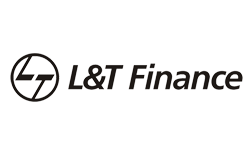

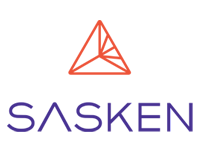

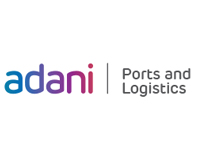


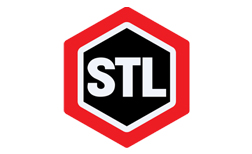
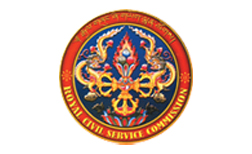

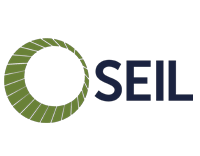
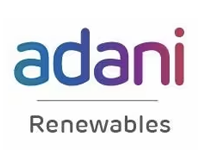
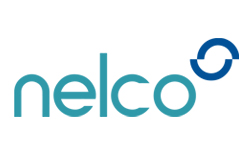
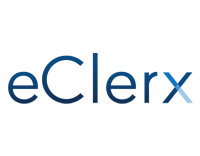

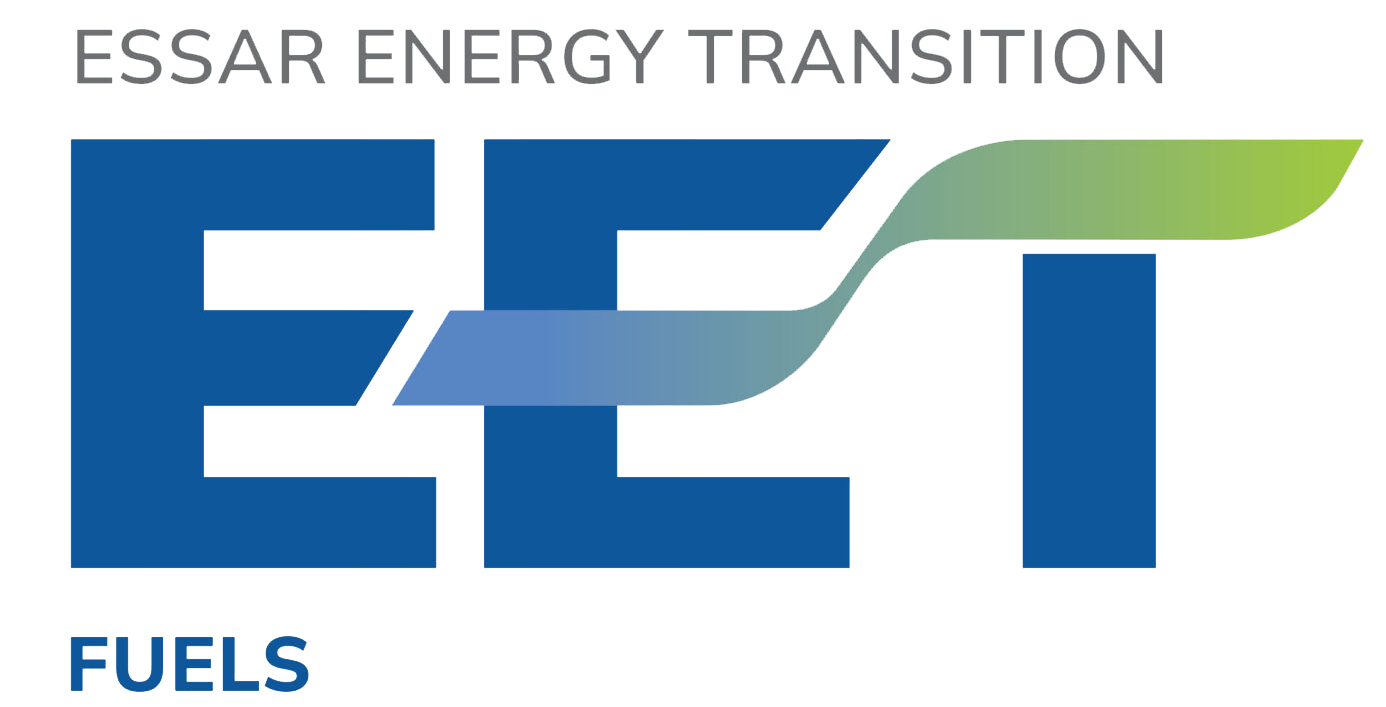

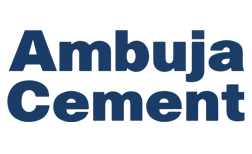
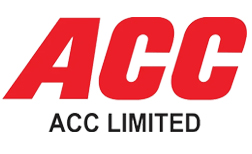
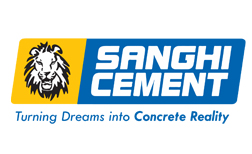
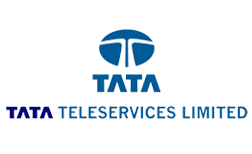
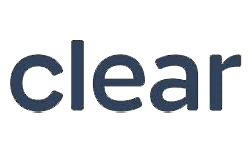

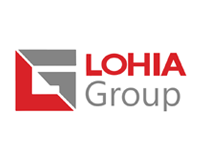
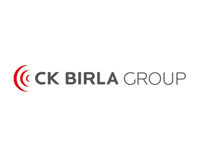
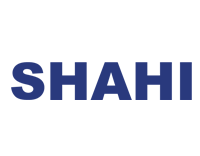
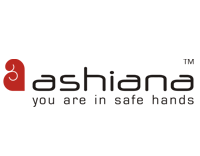


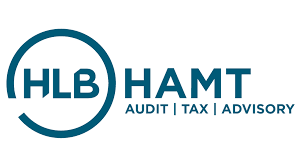

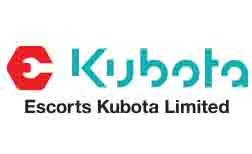



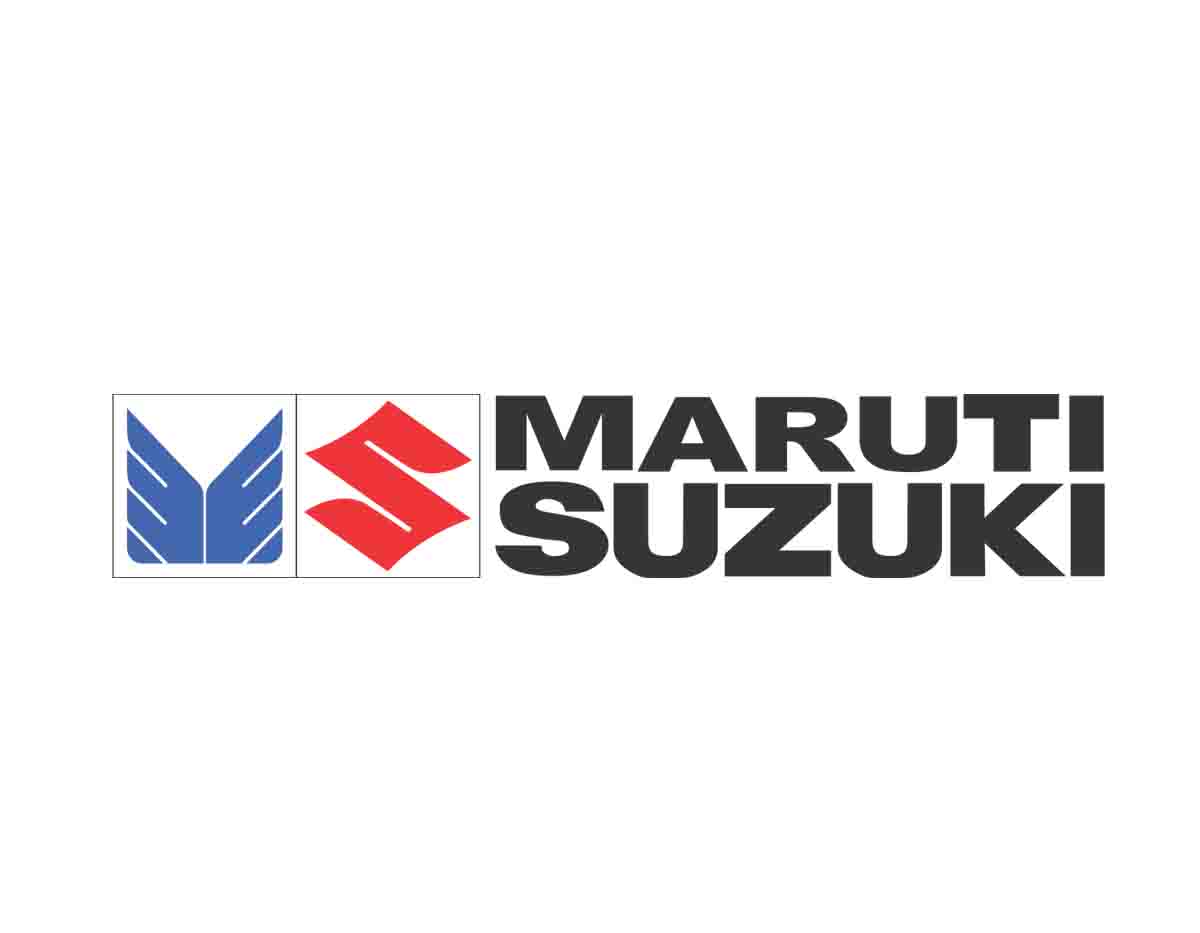

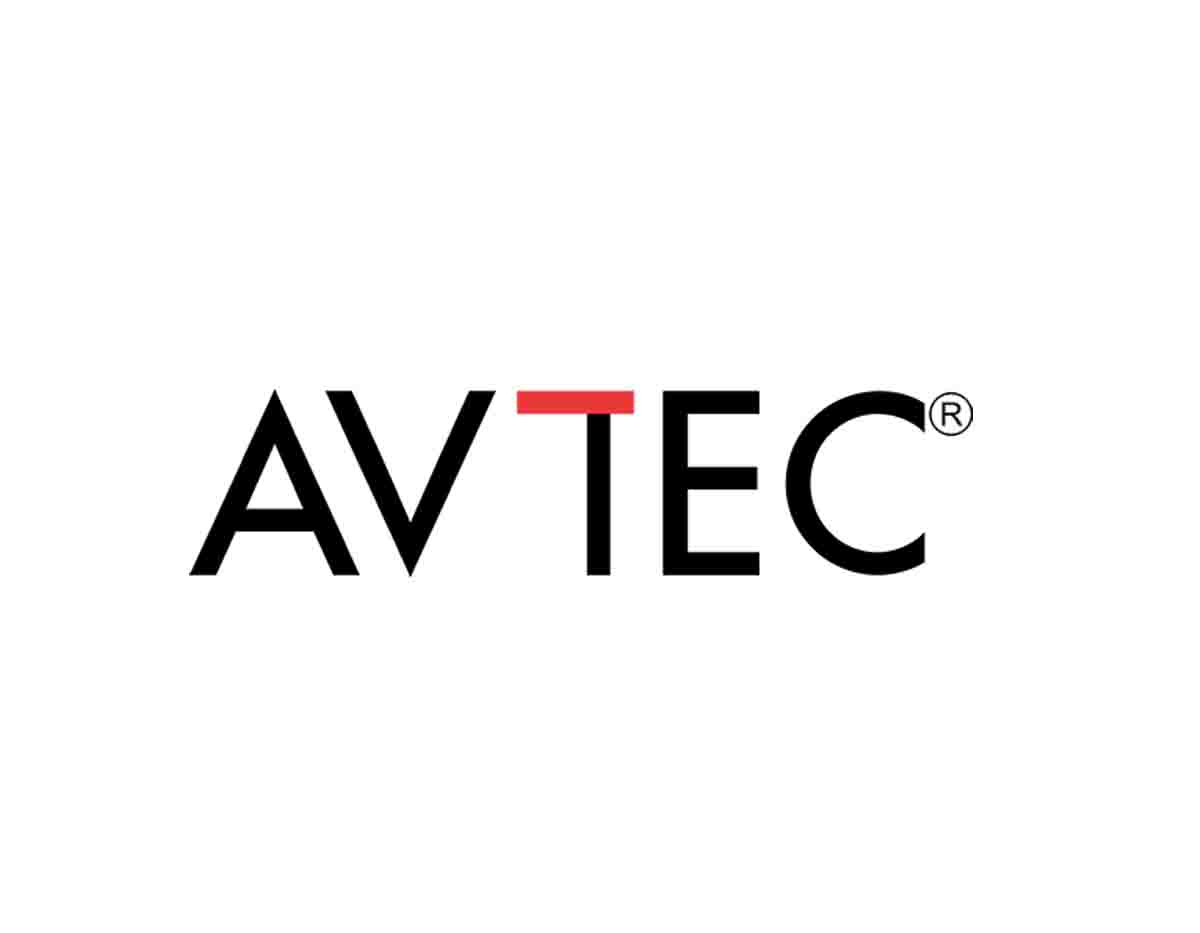
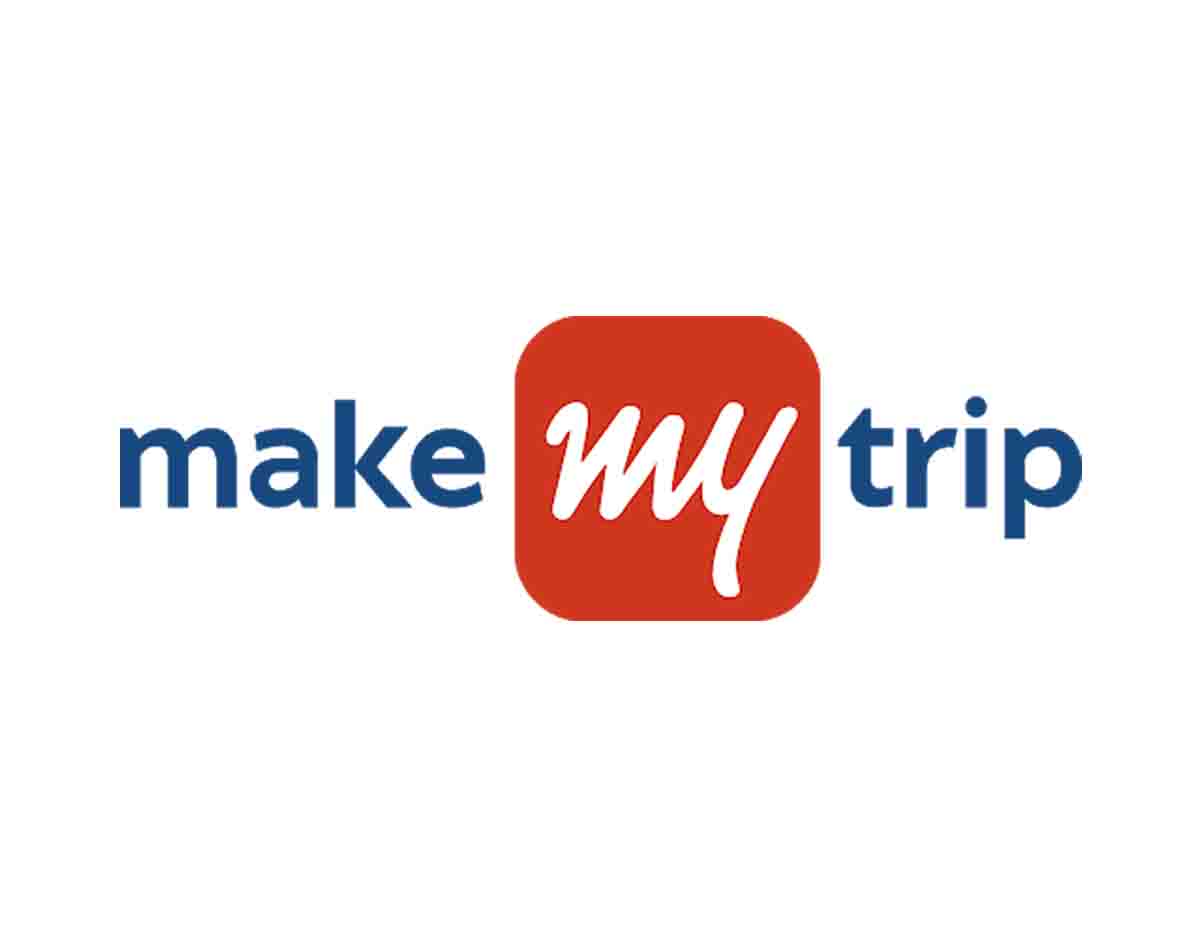
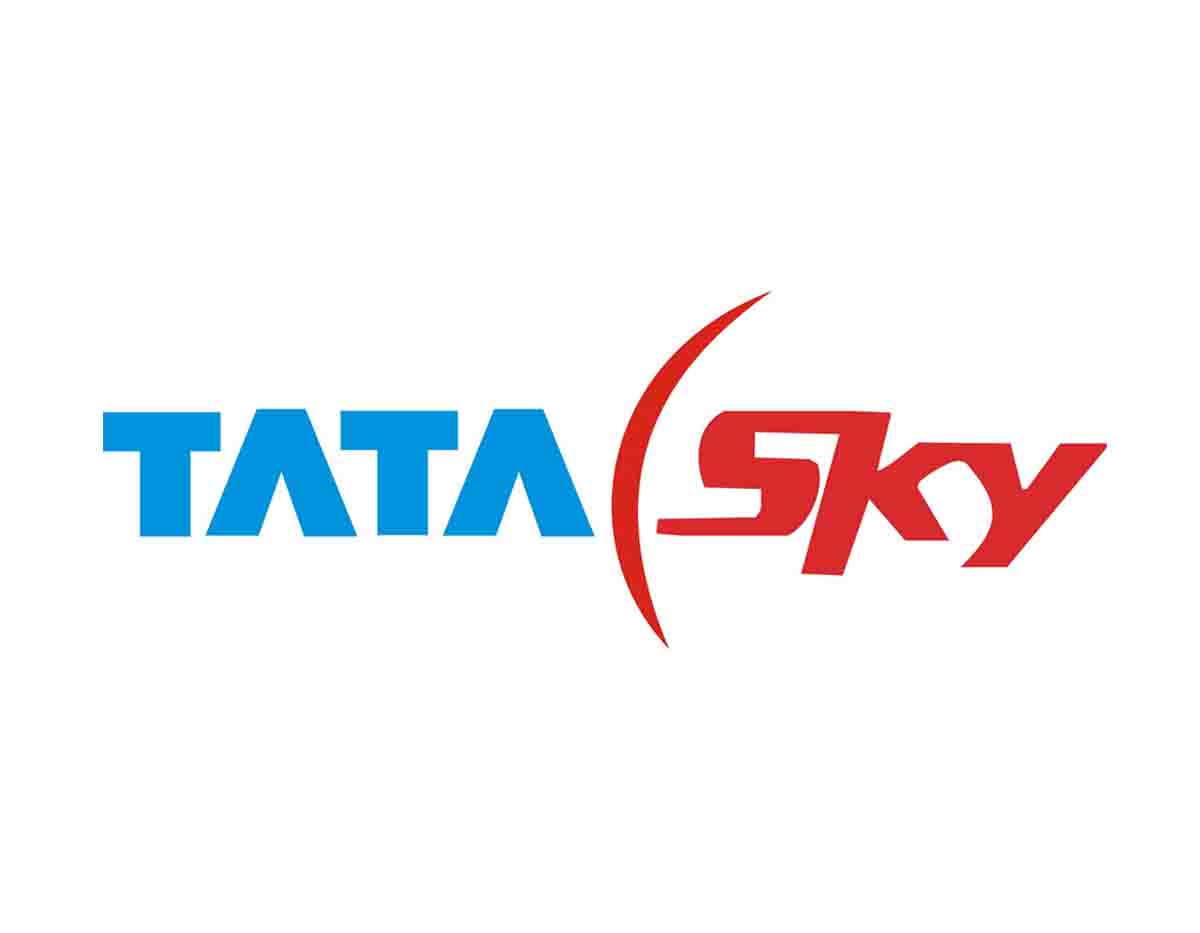
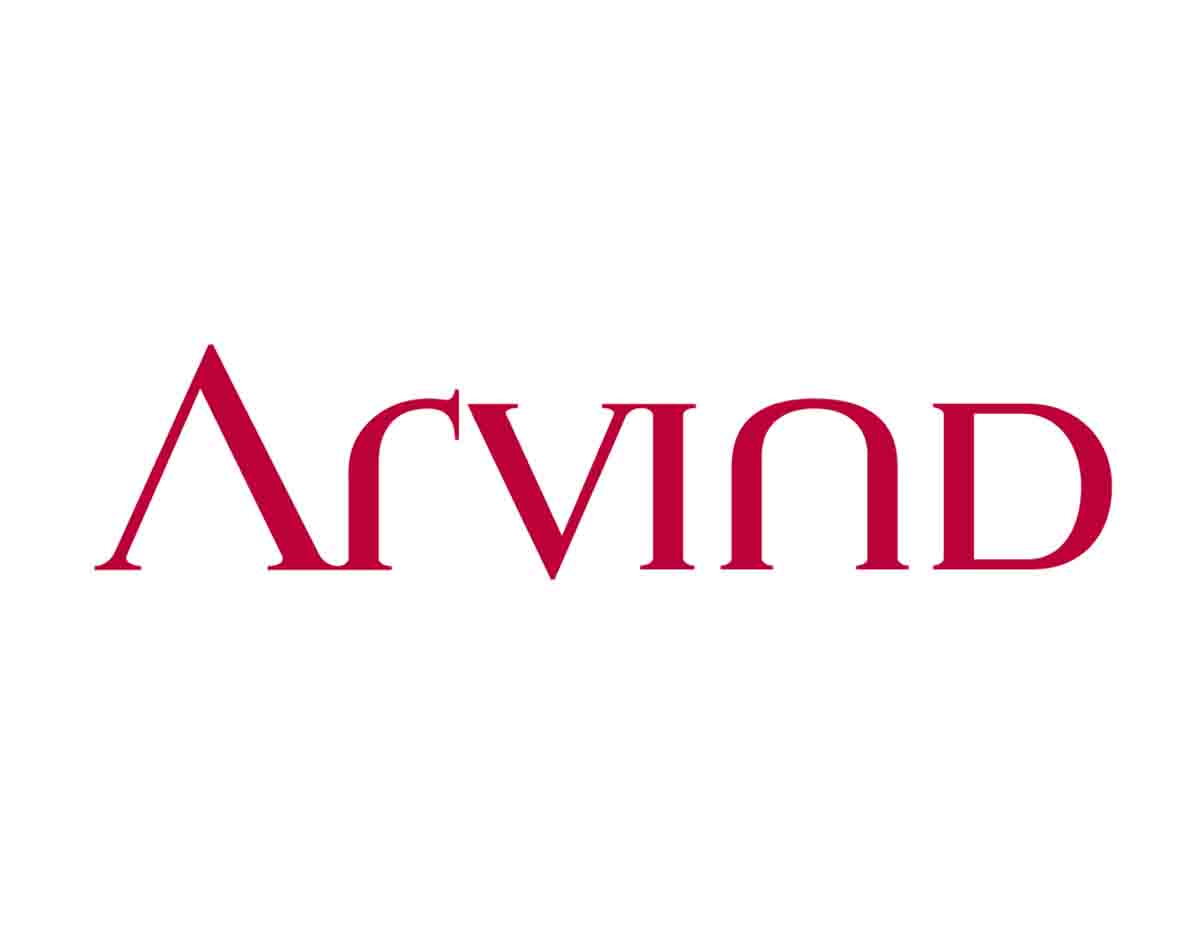
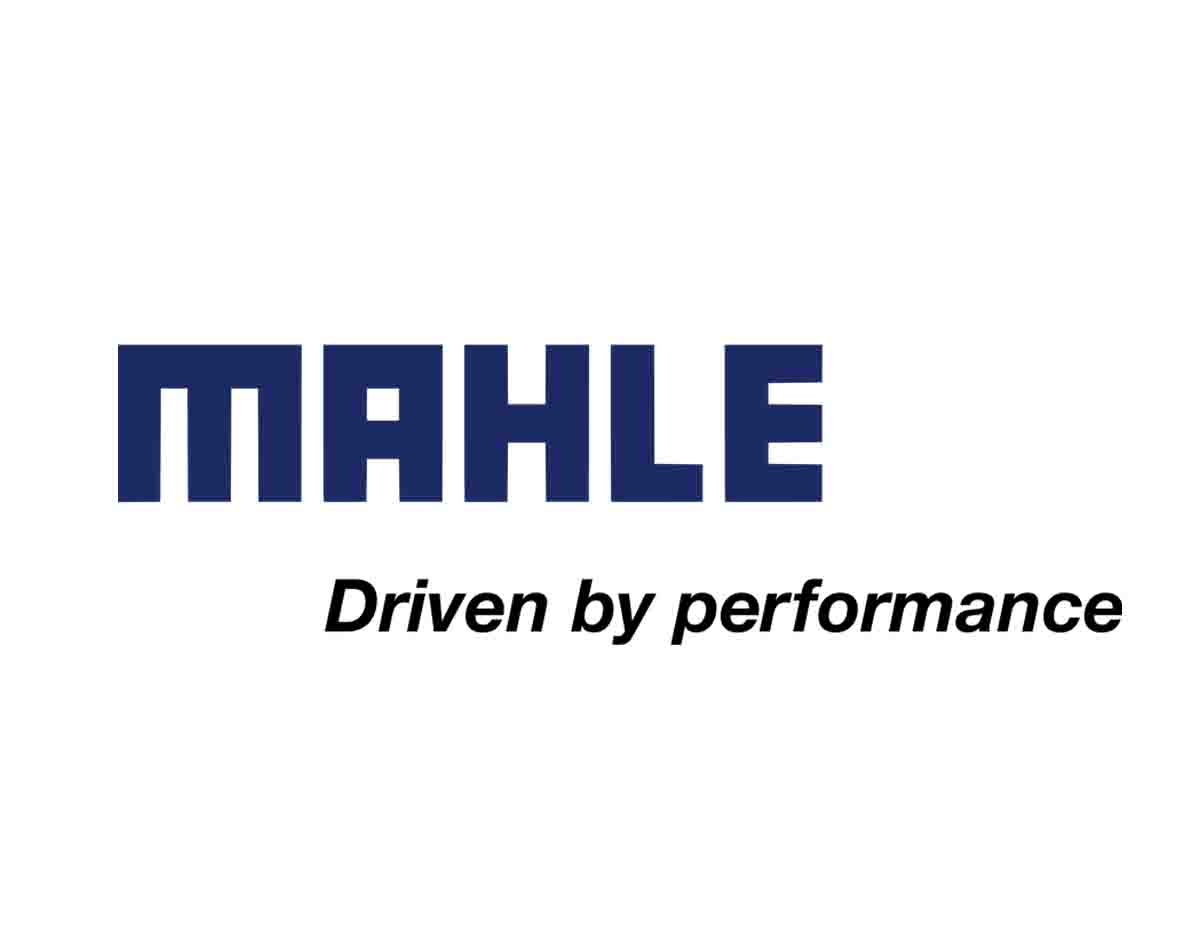

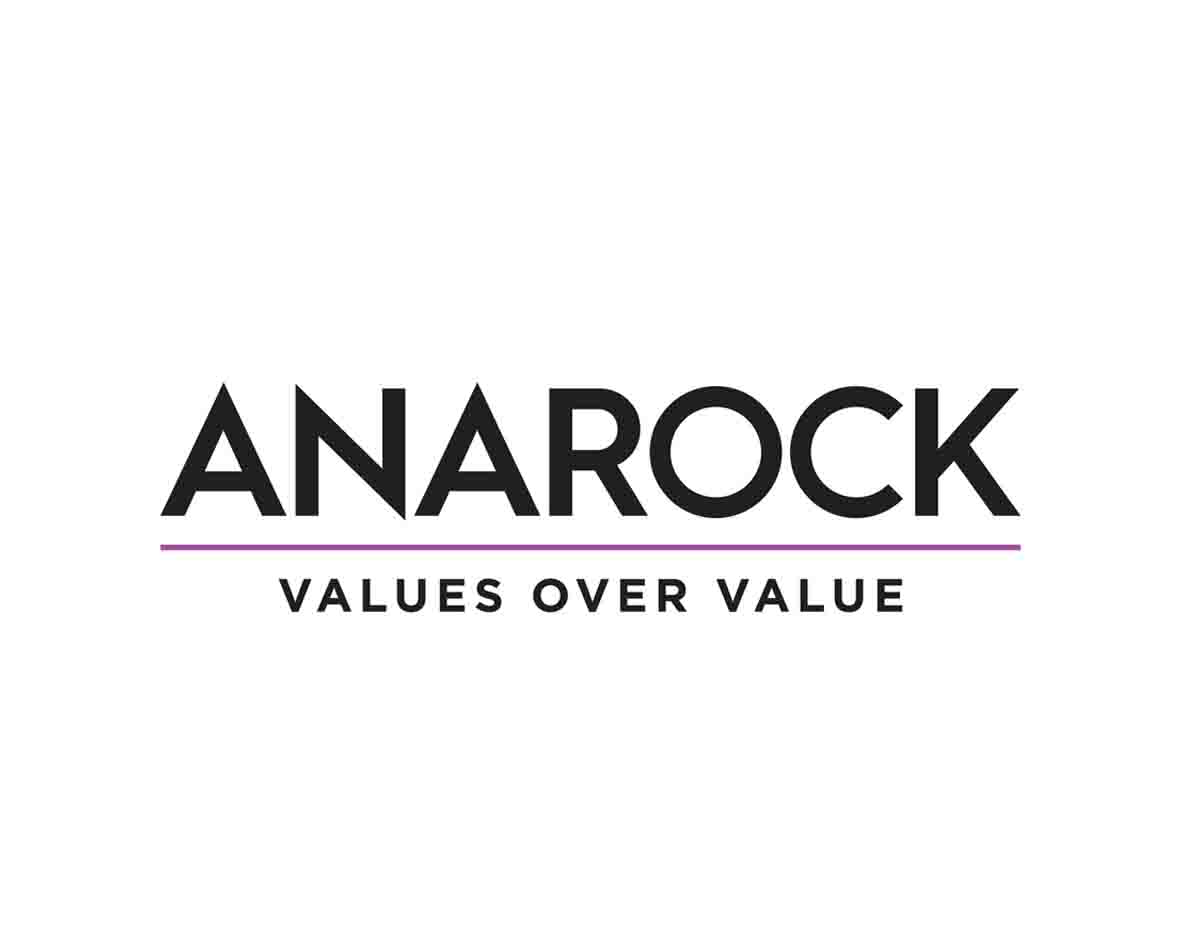
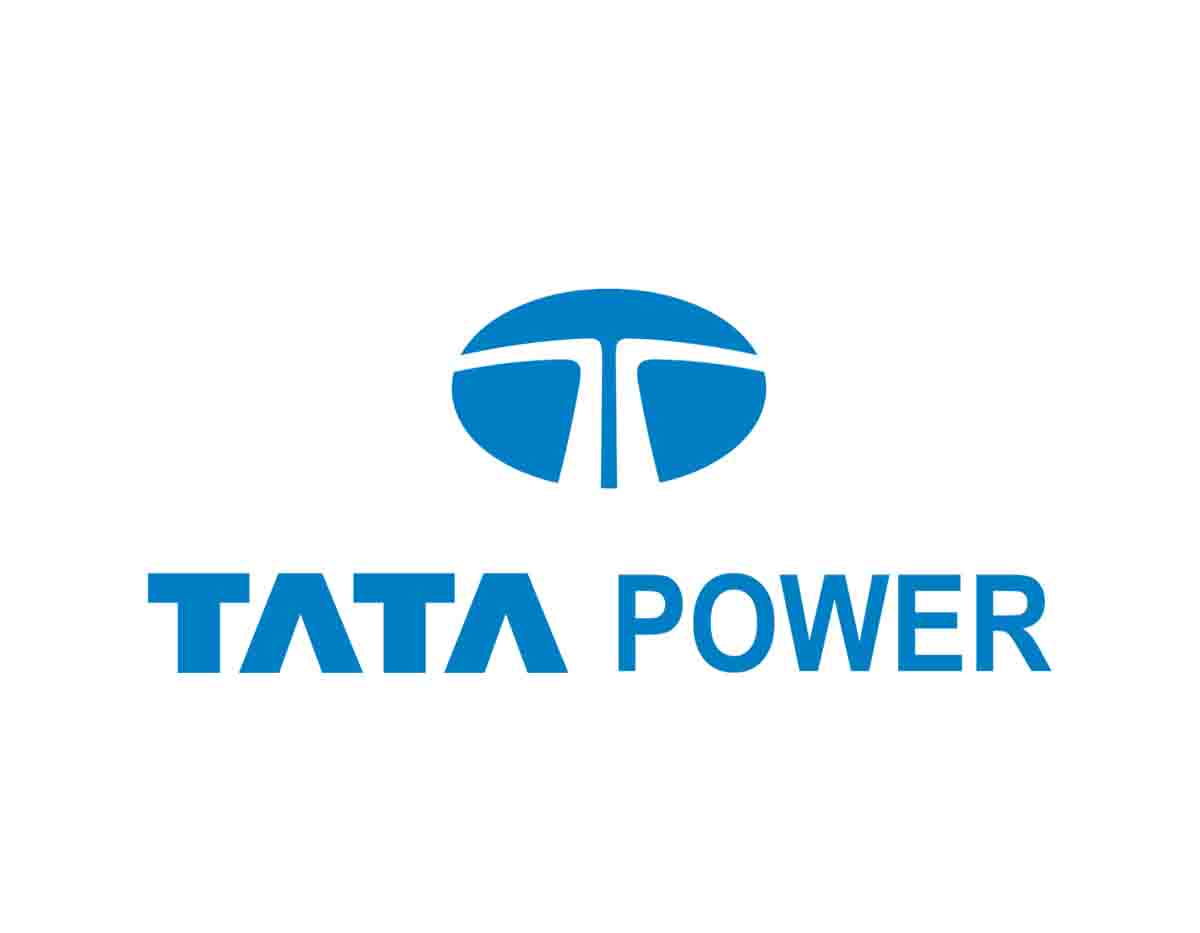
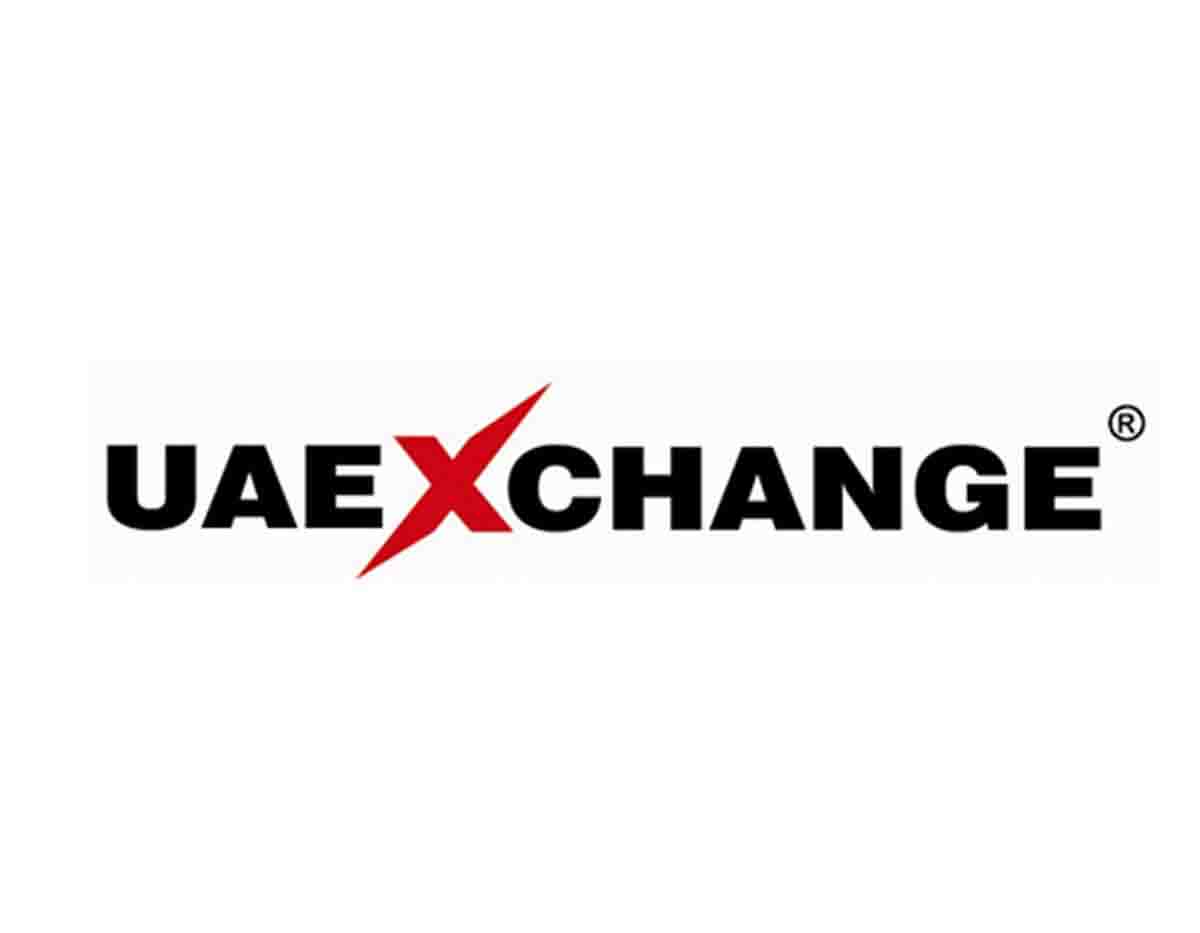
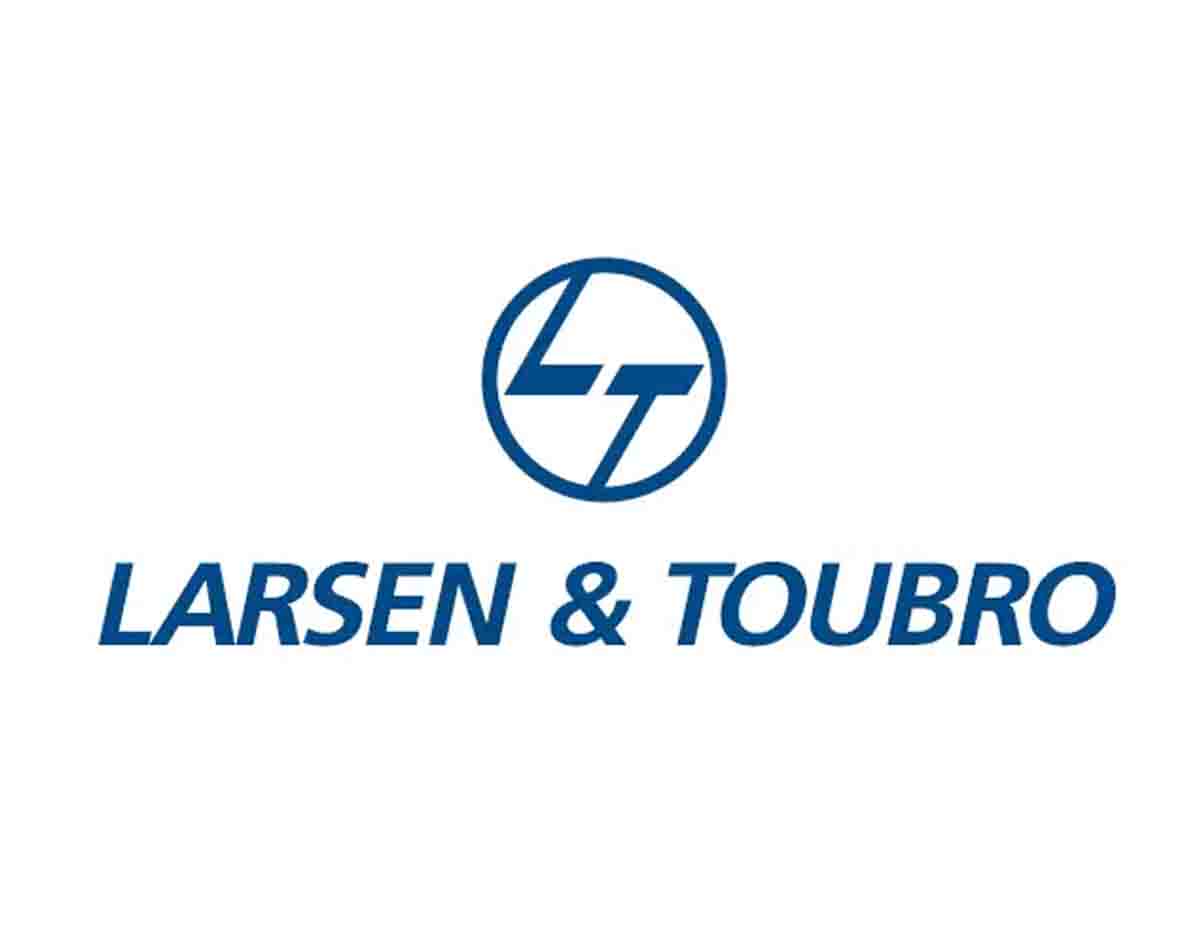
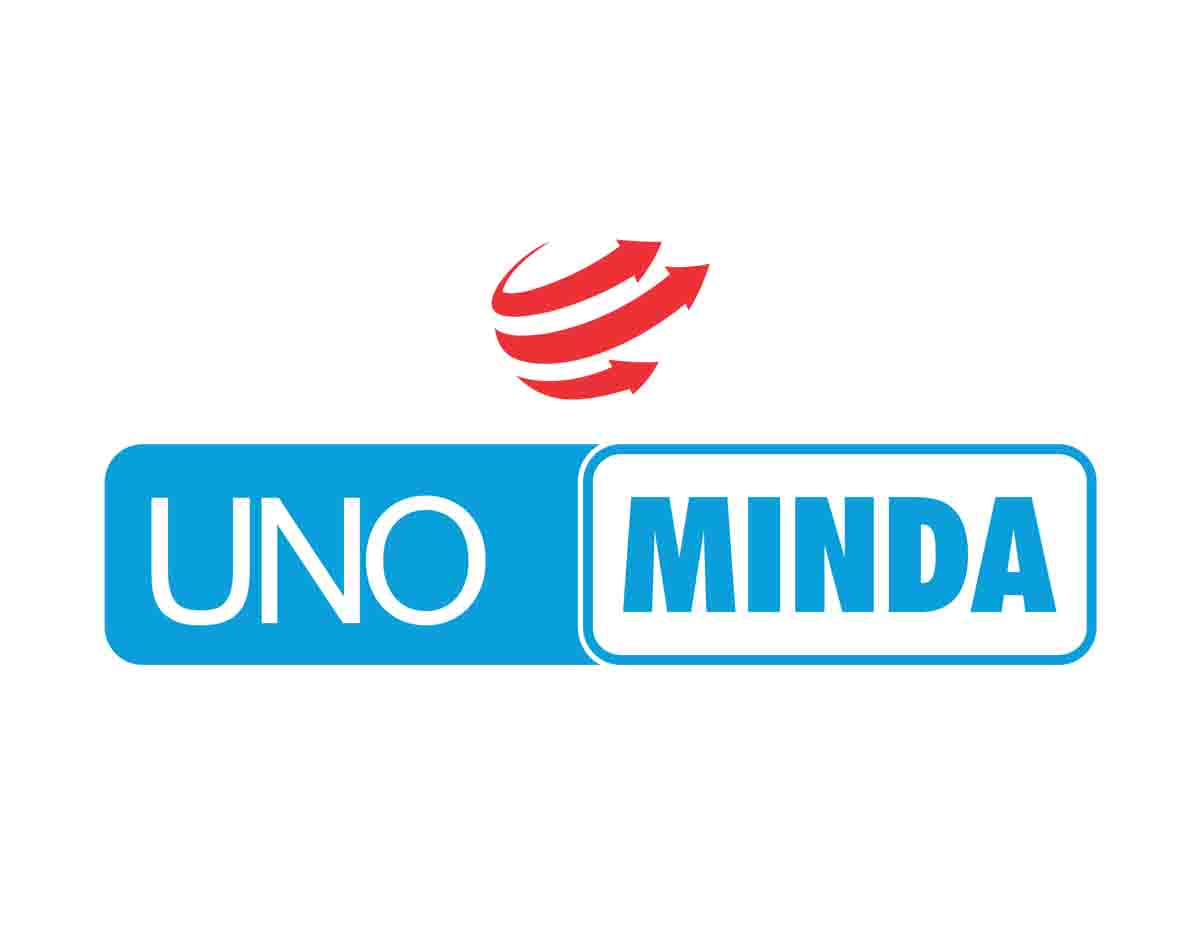
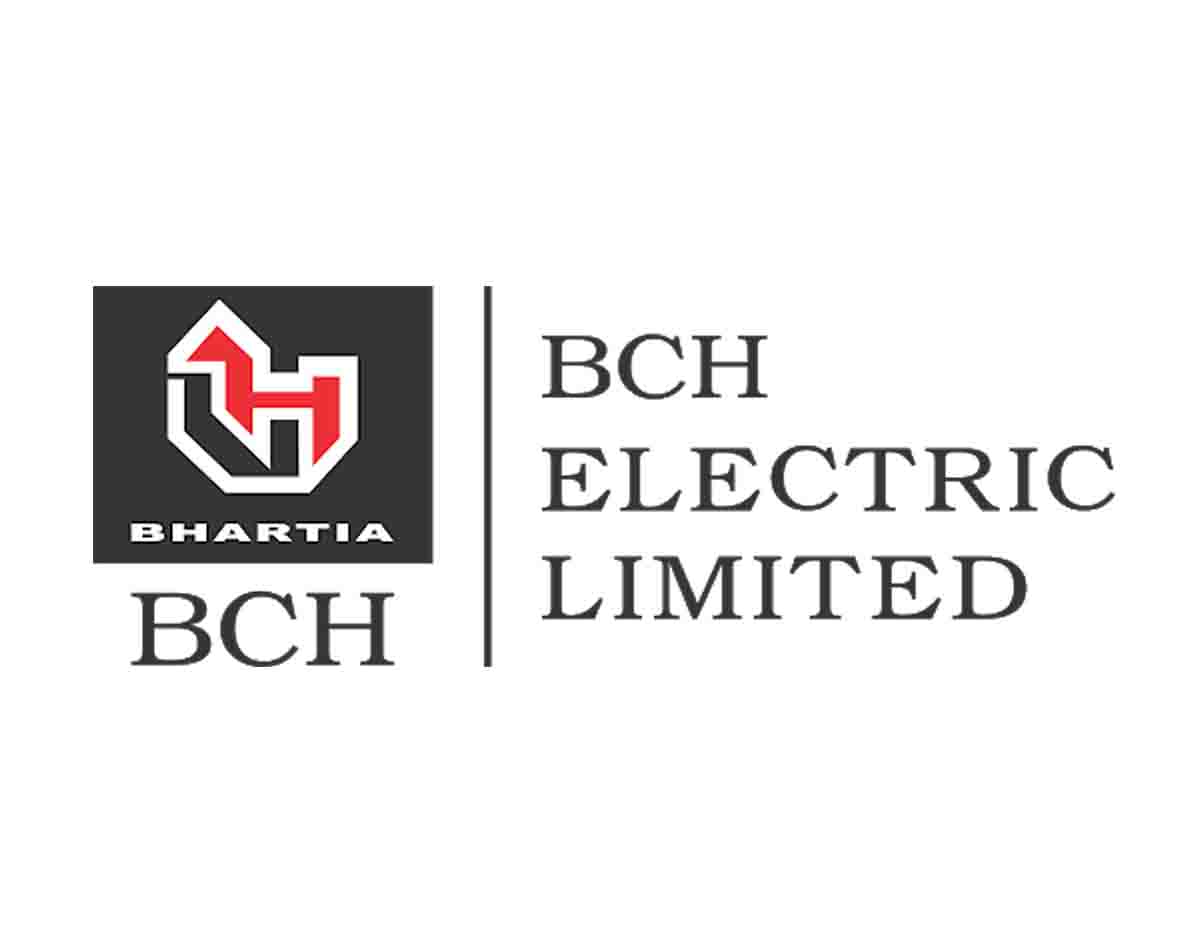
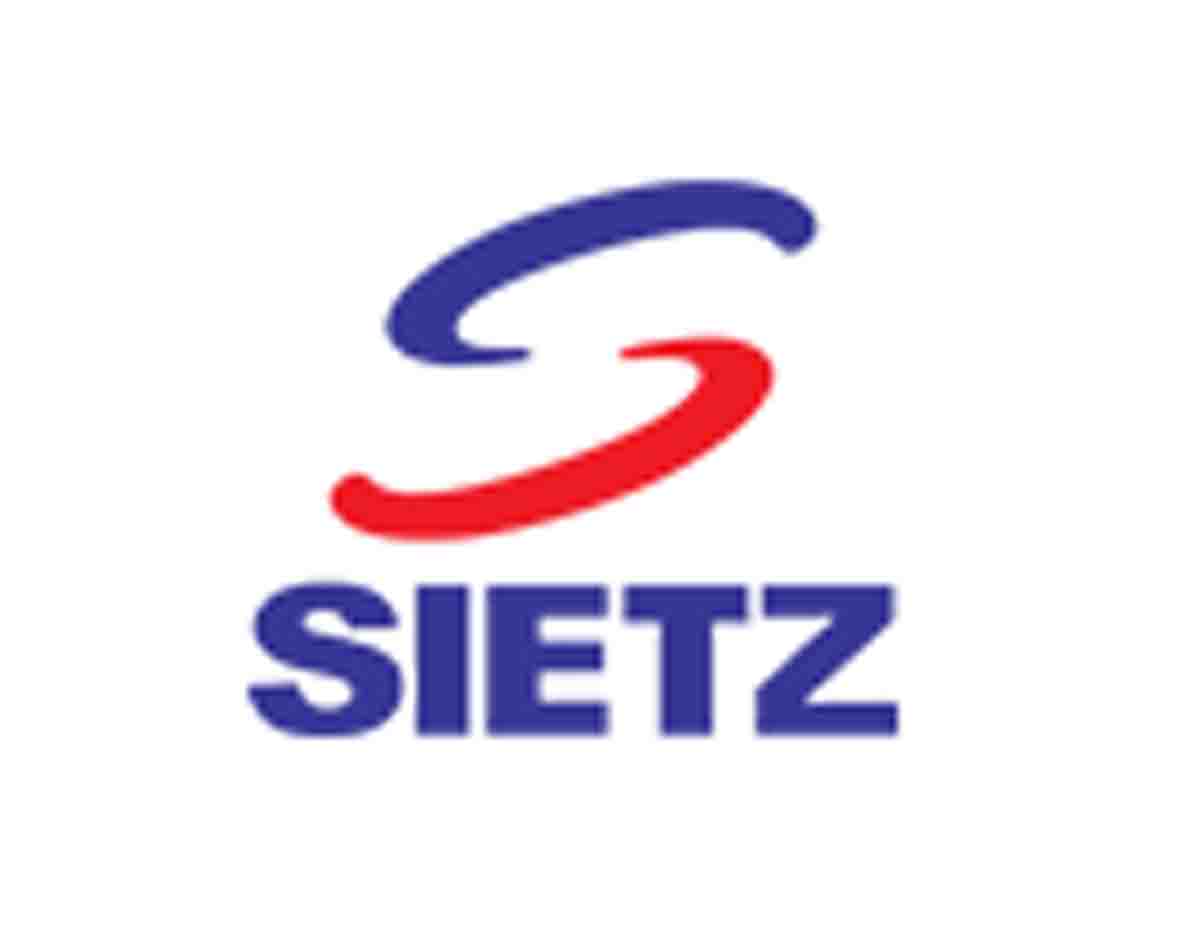
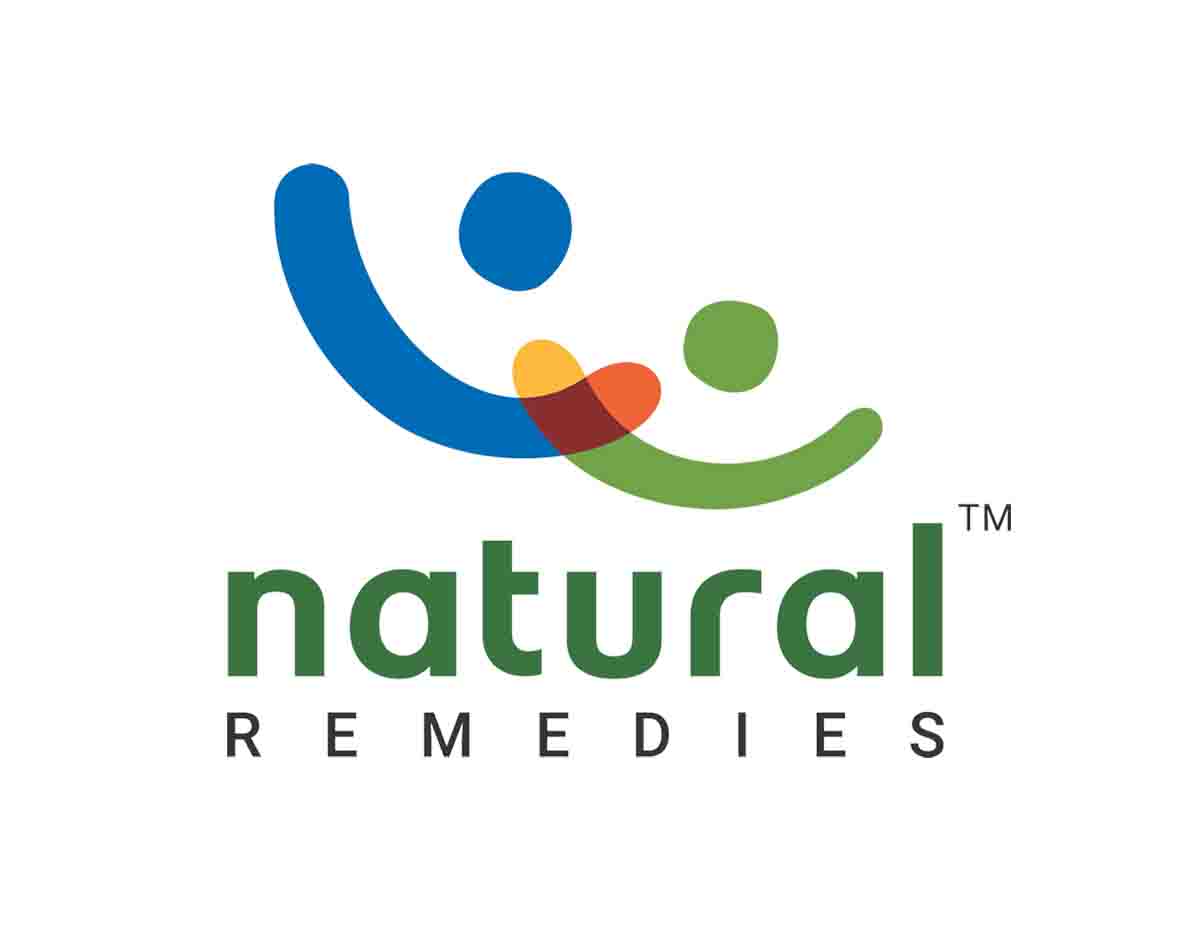



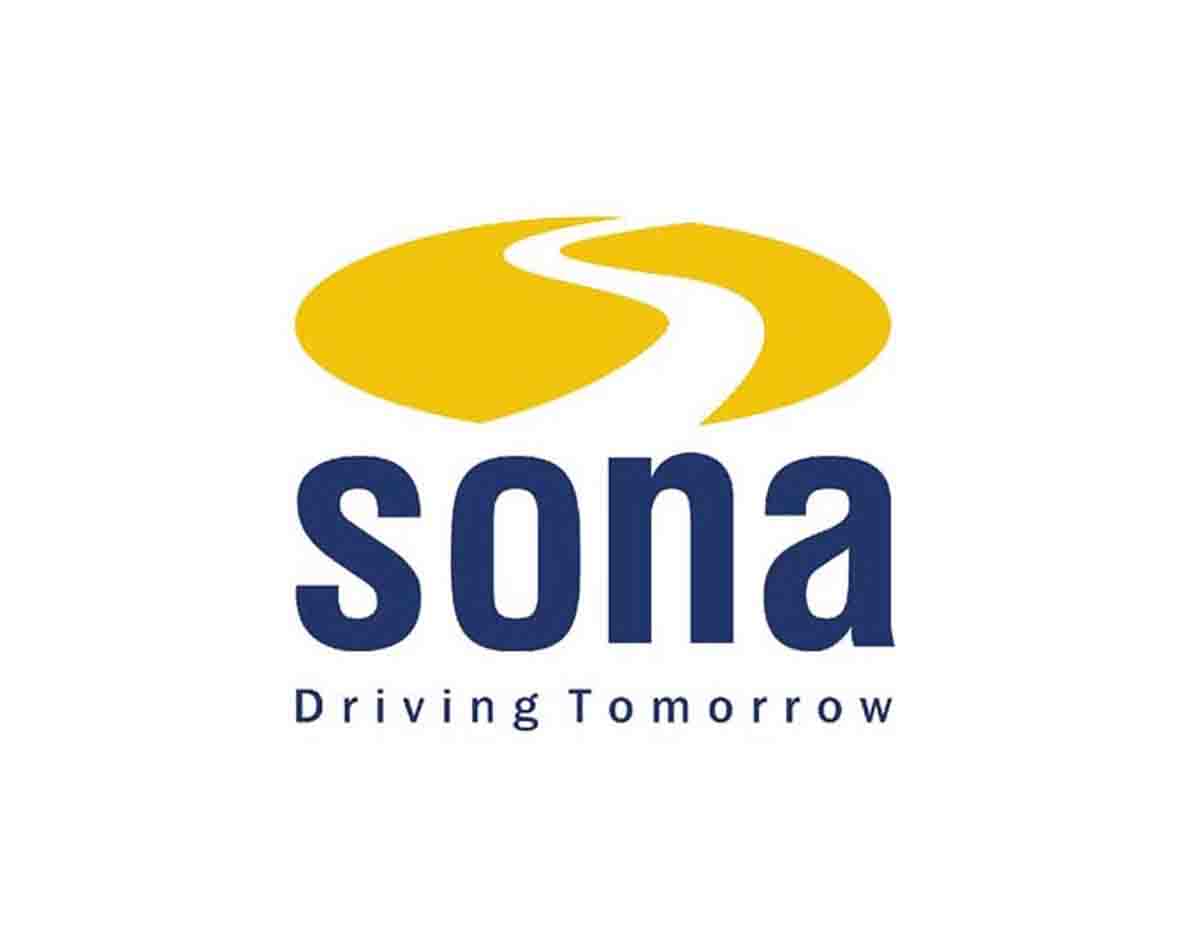





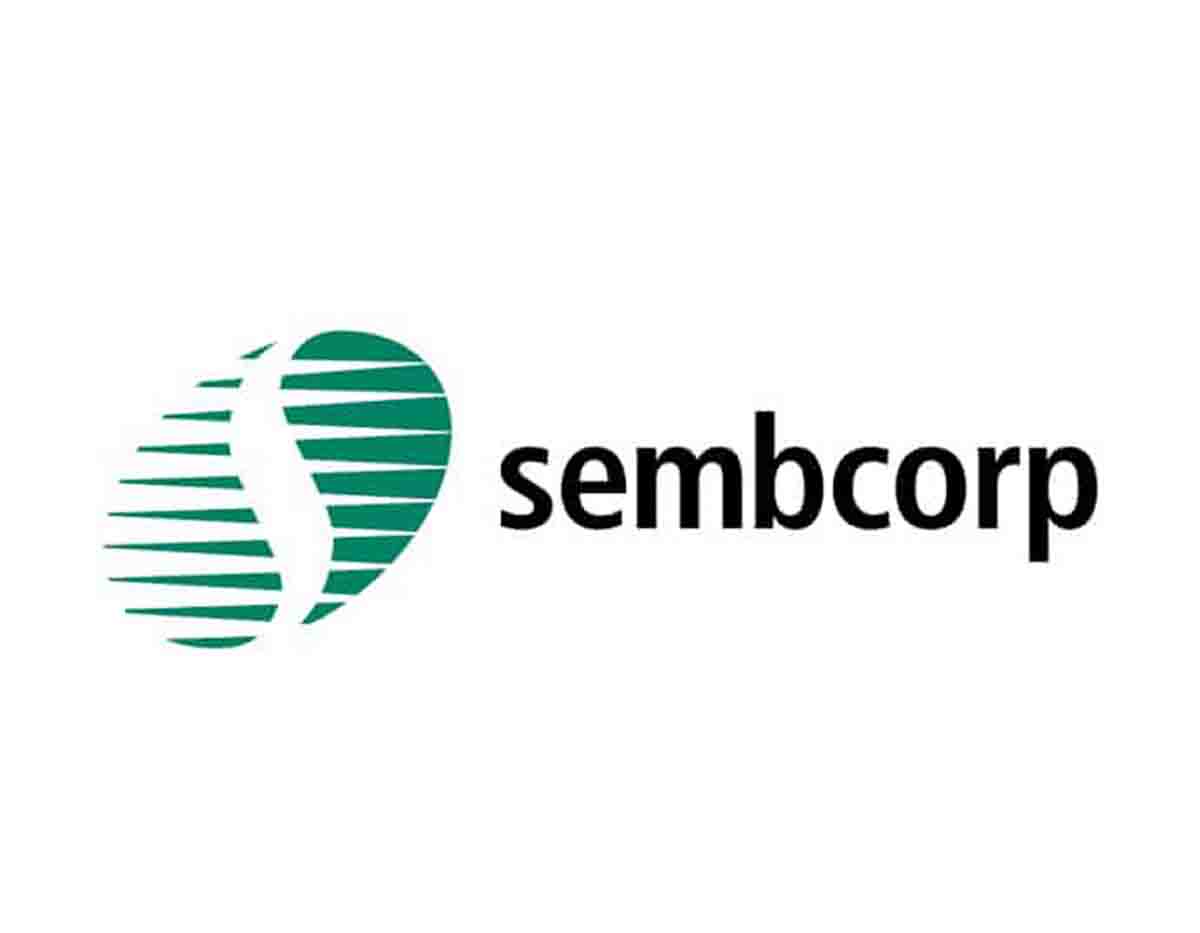
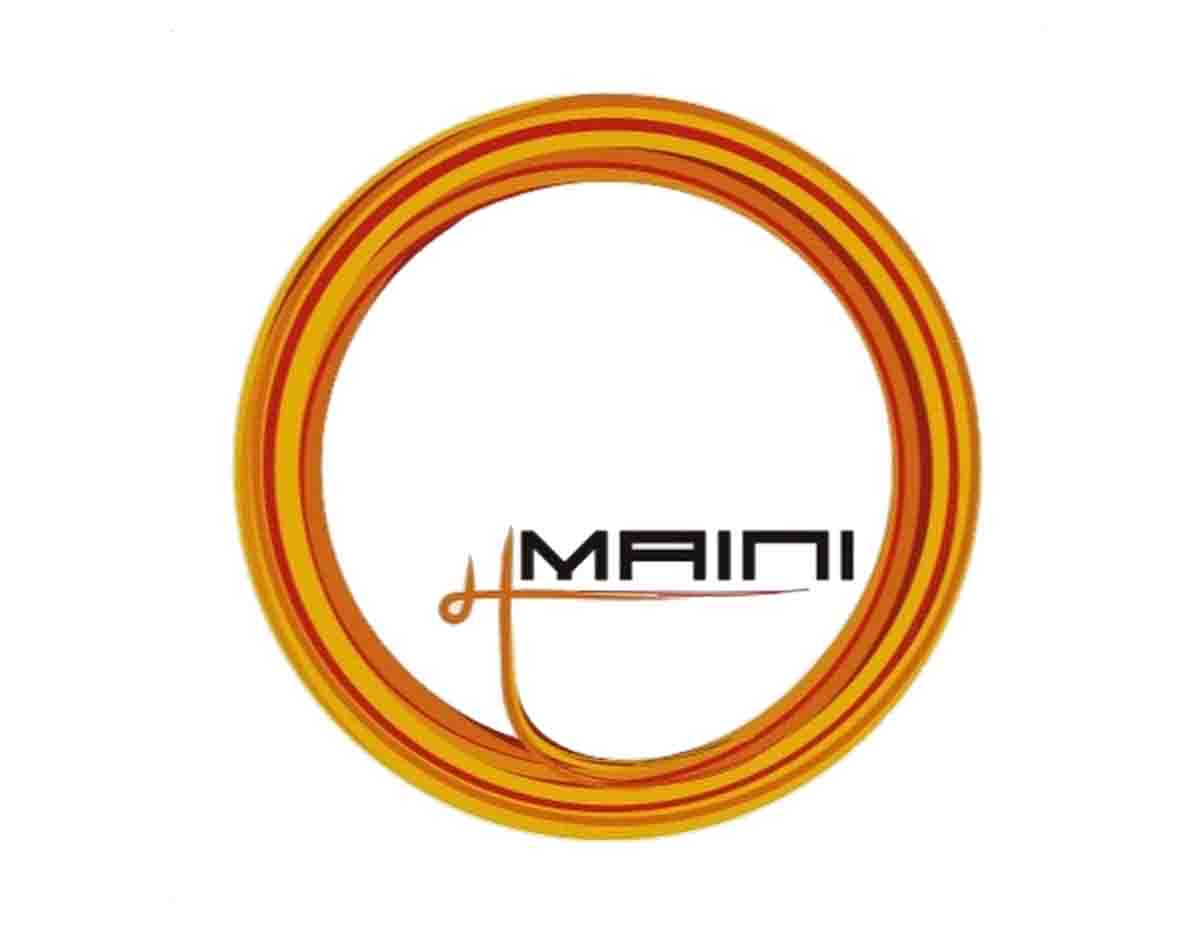
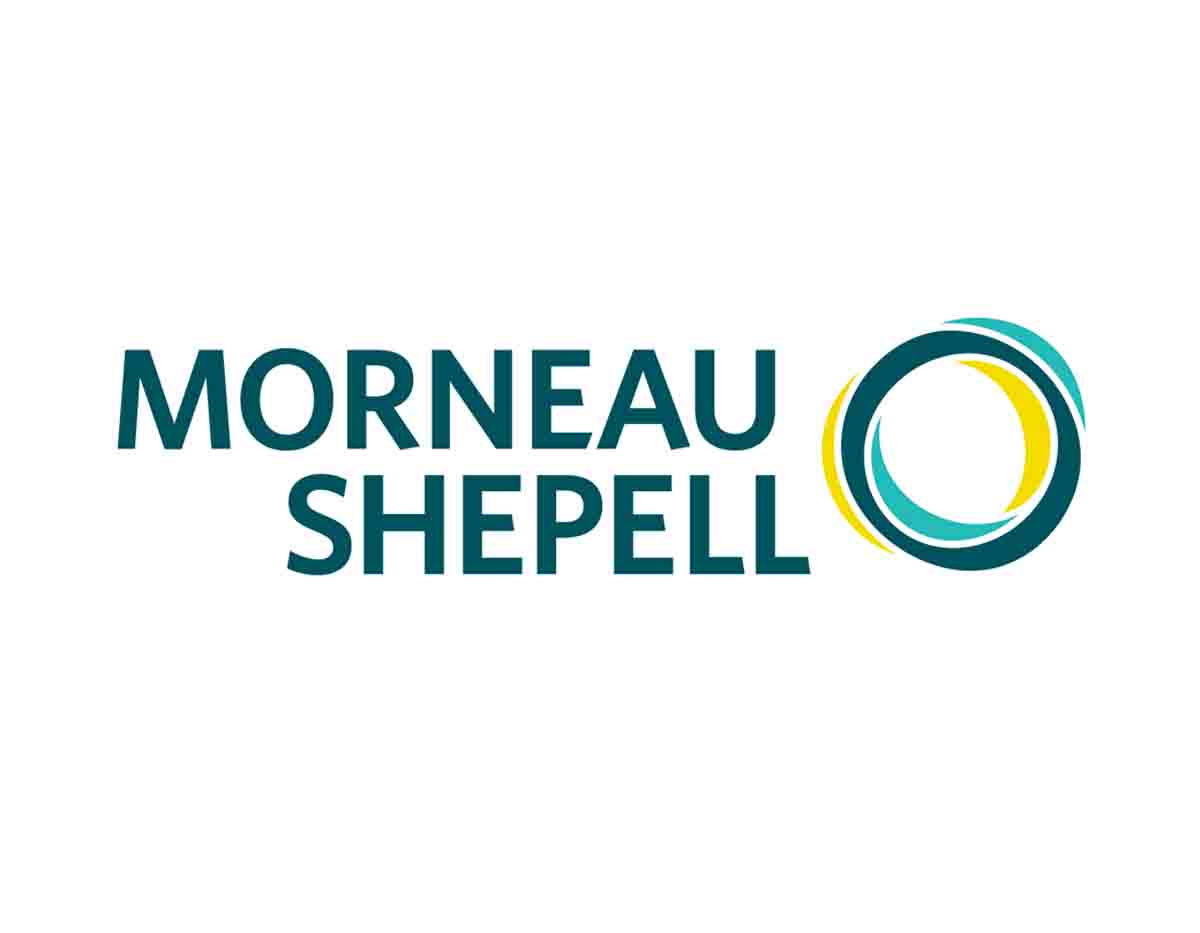

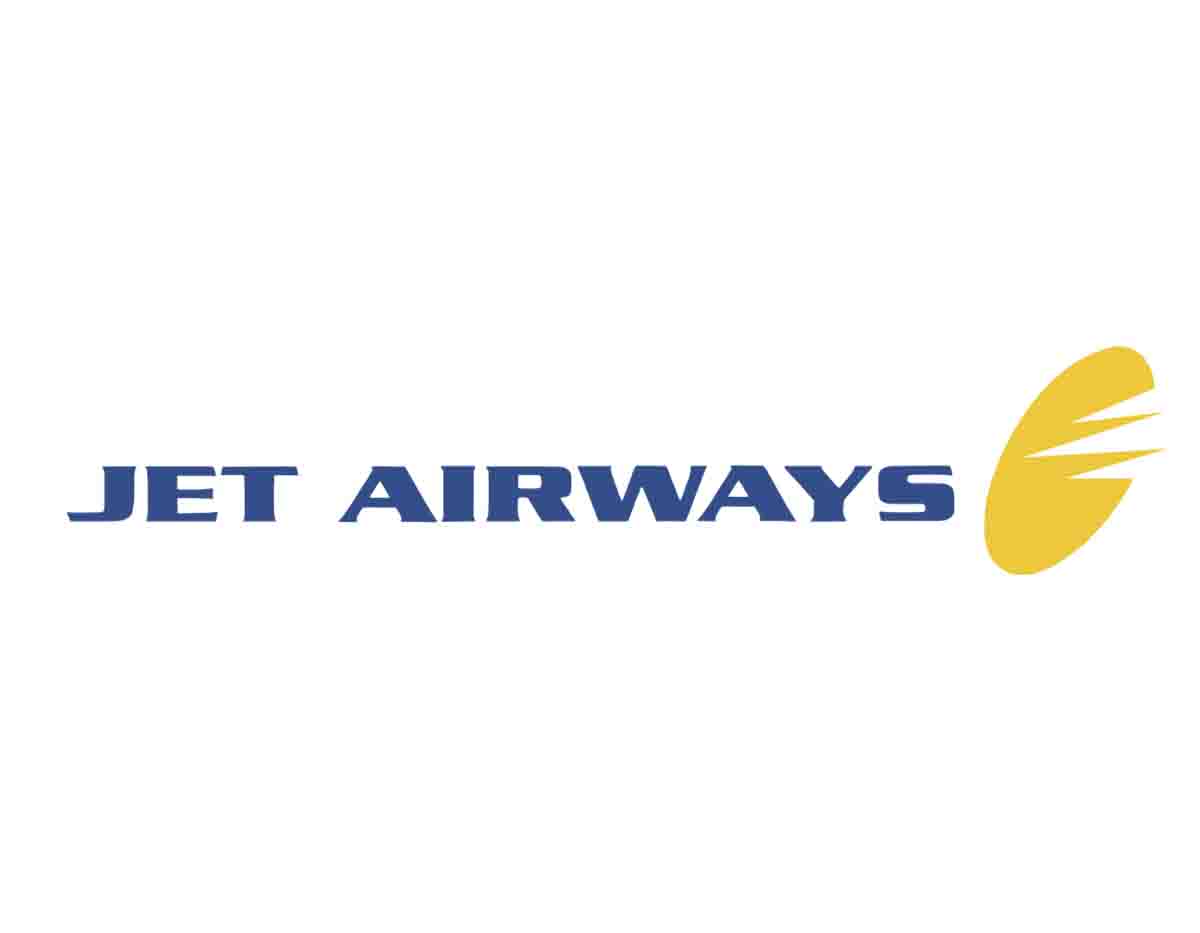
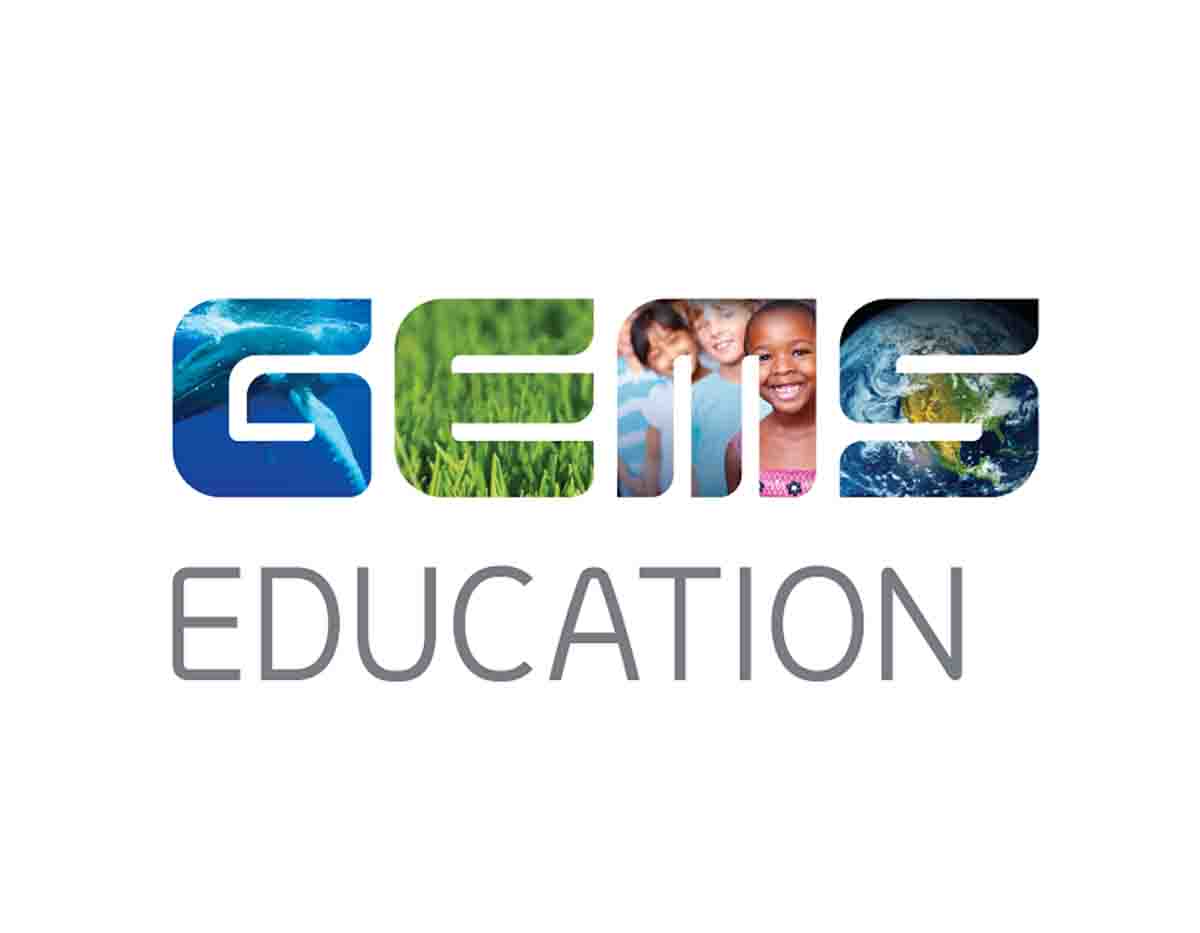
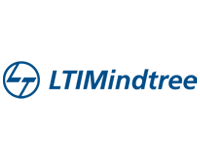
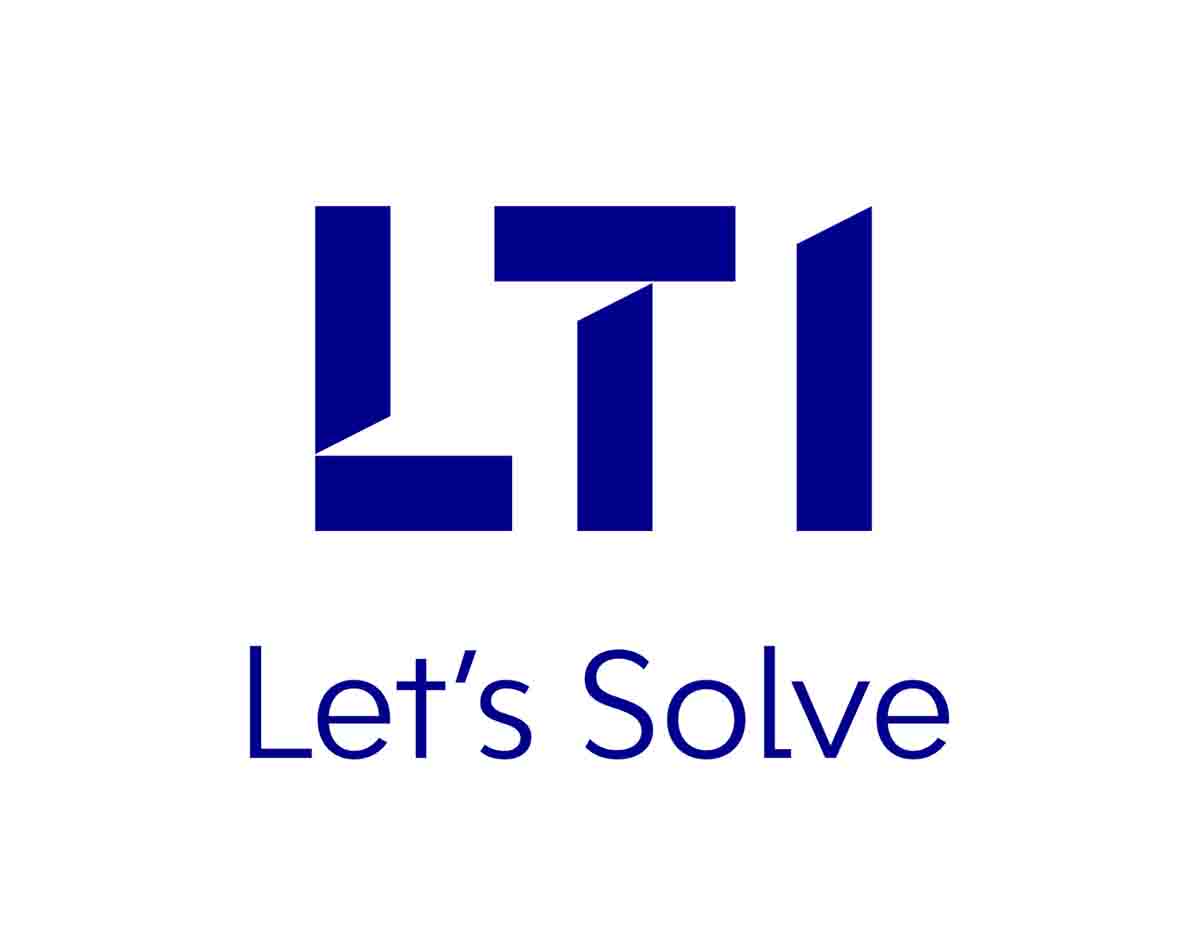
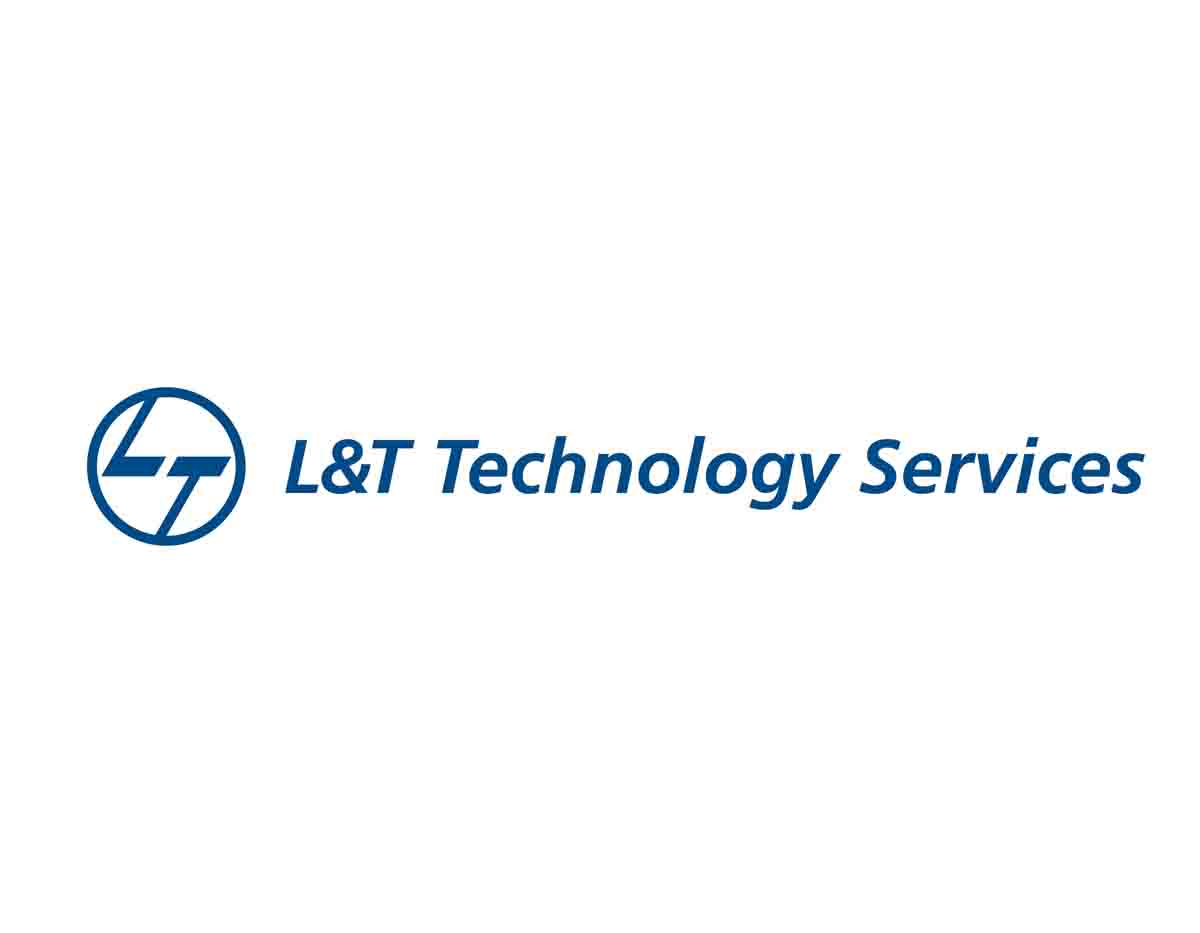
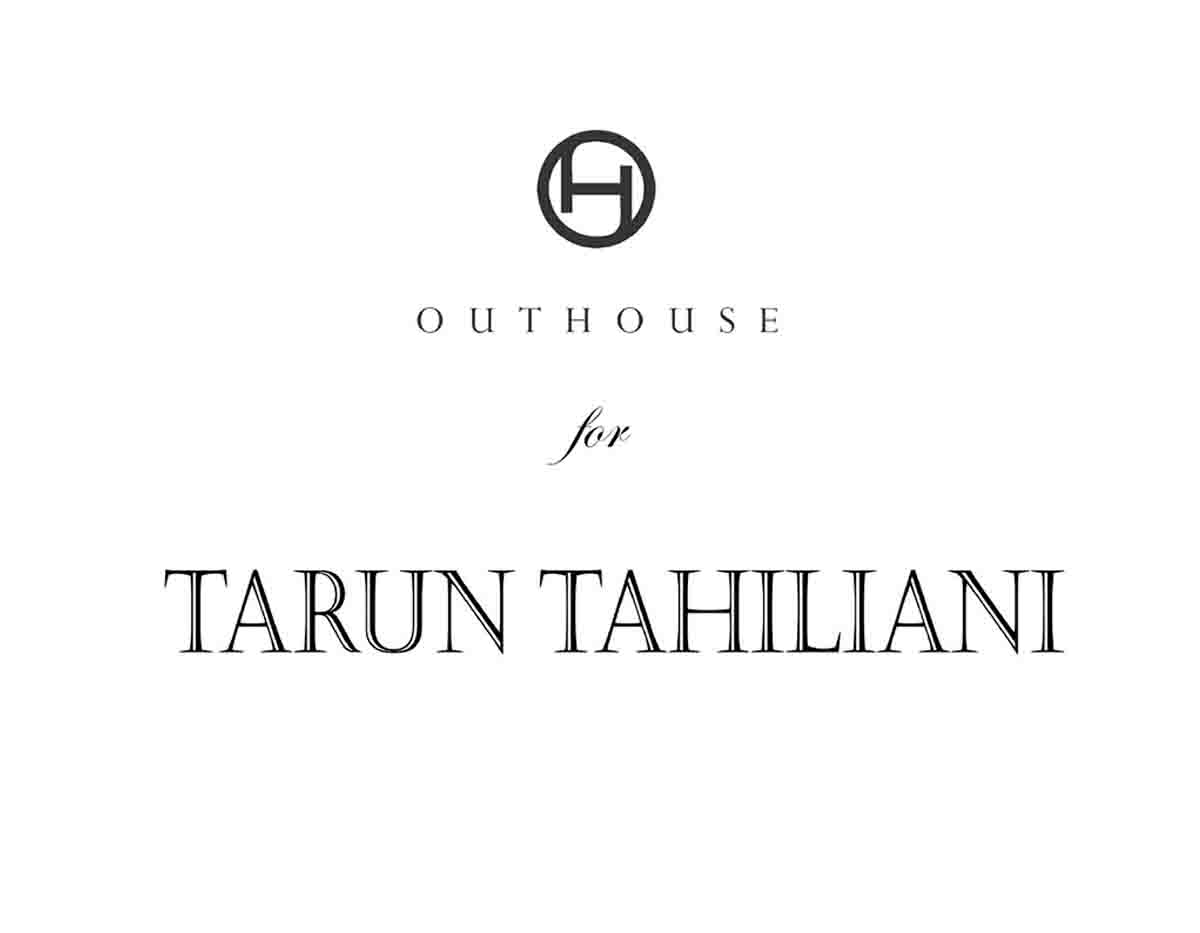
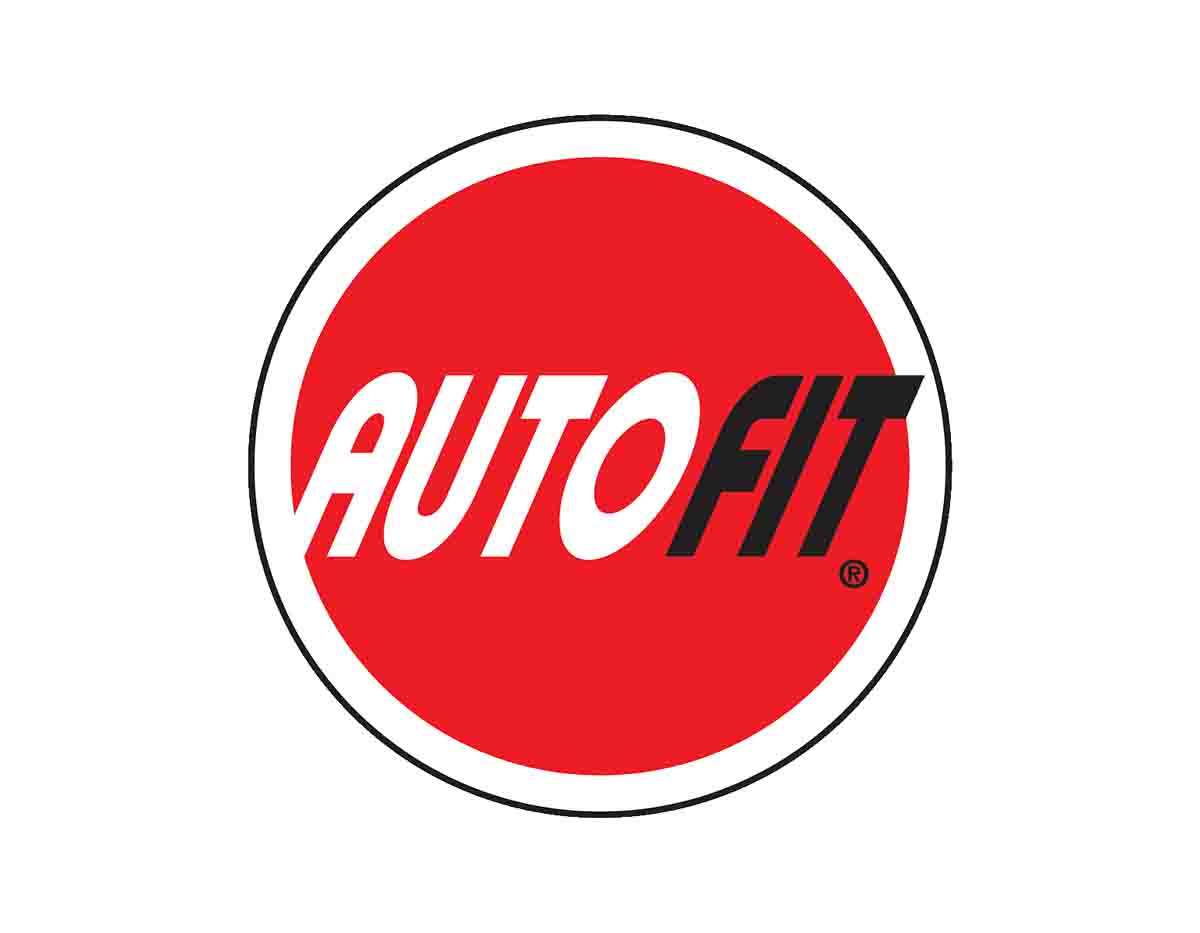
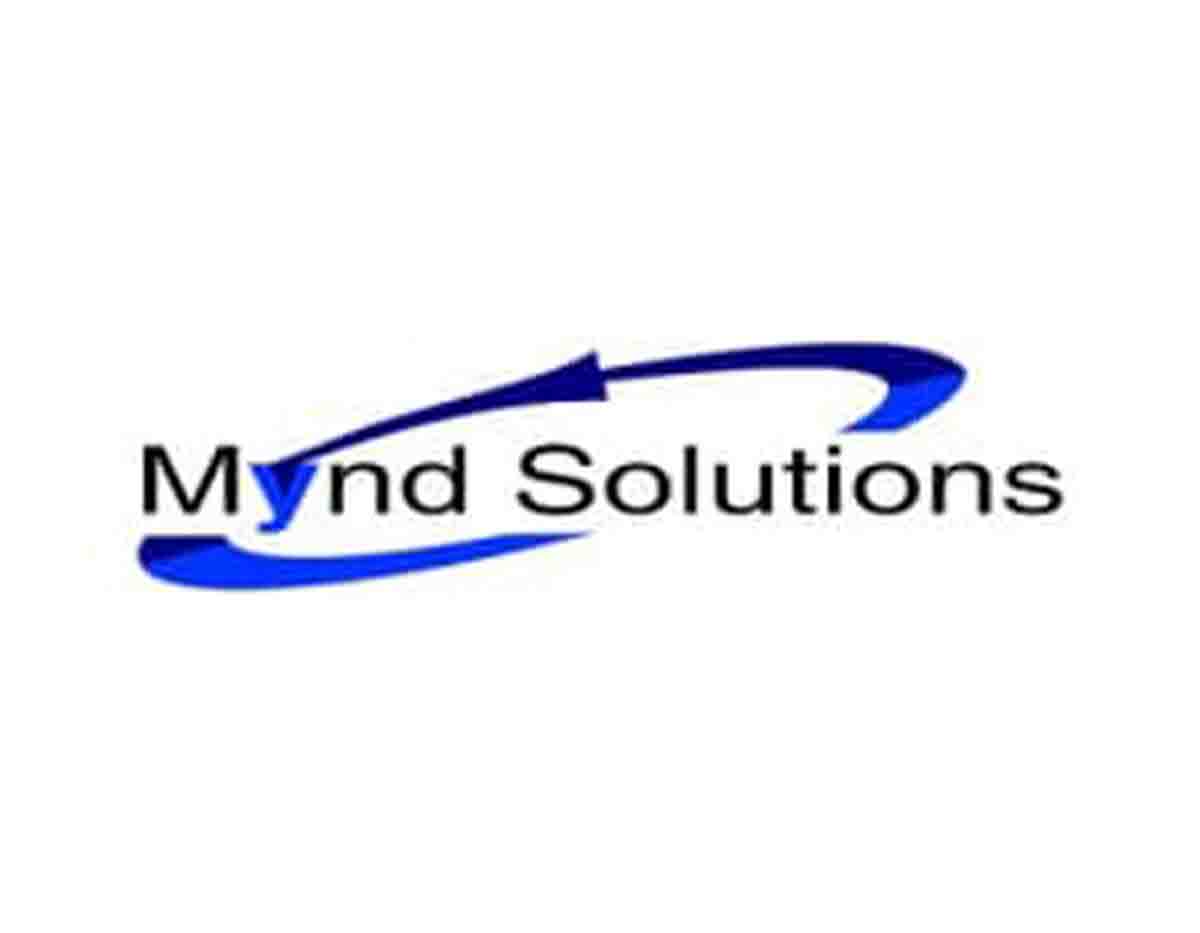

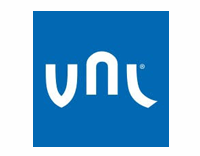

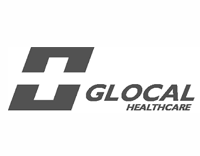
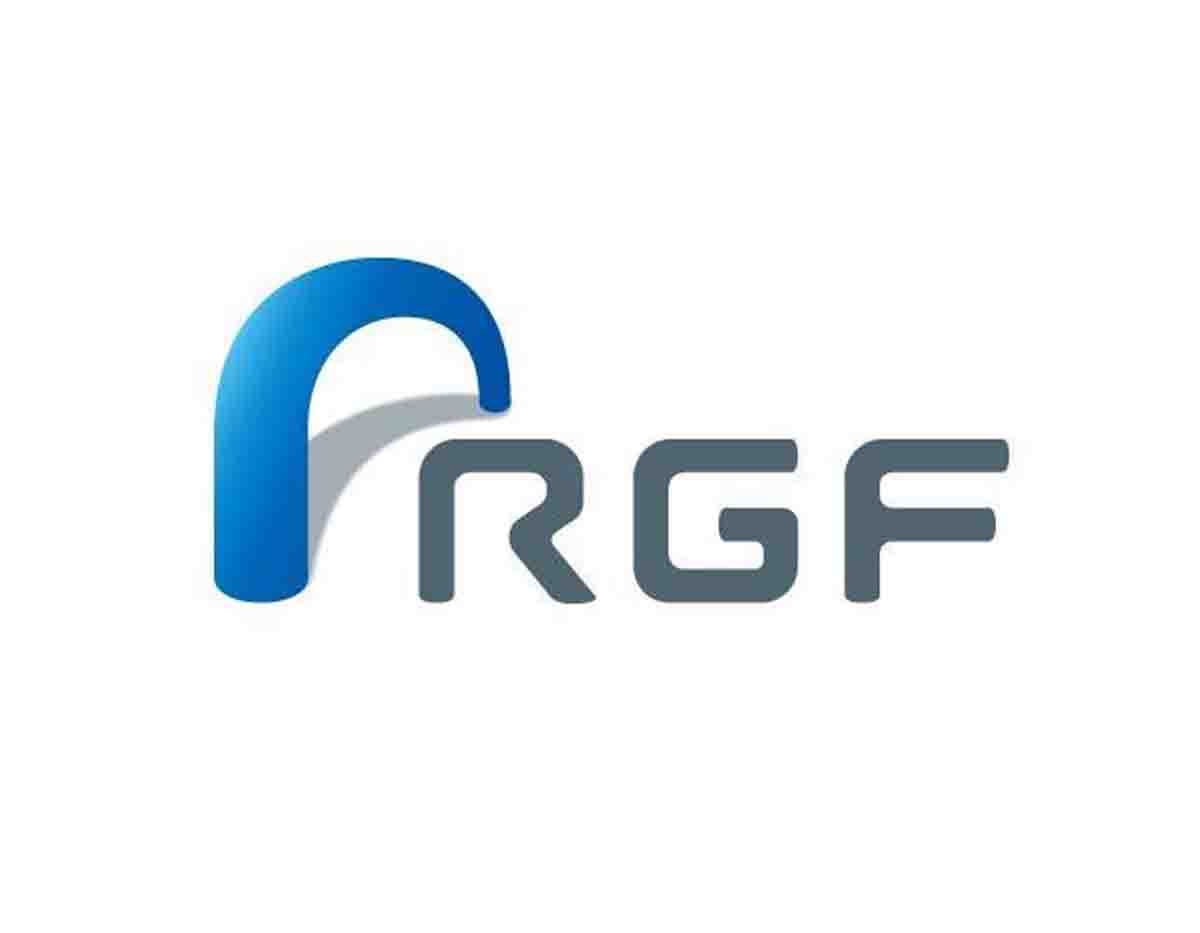
Follow us on Social
Thank you for your interest, please click here to view the downloaded report.










